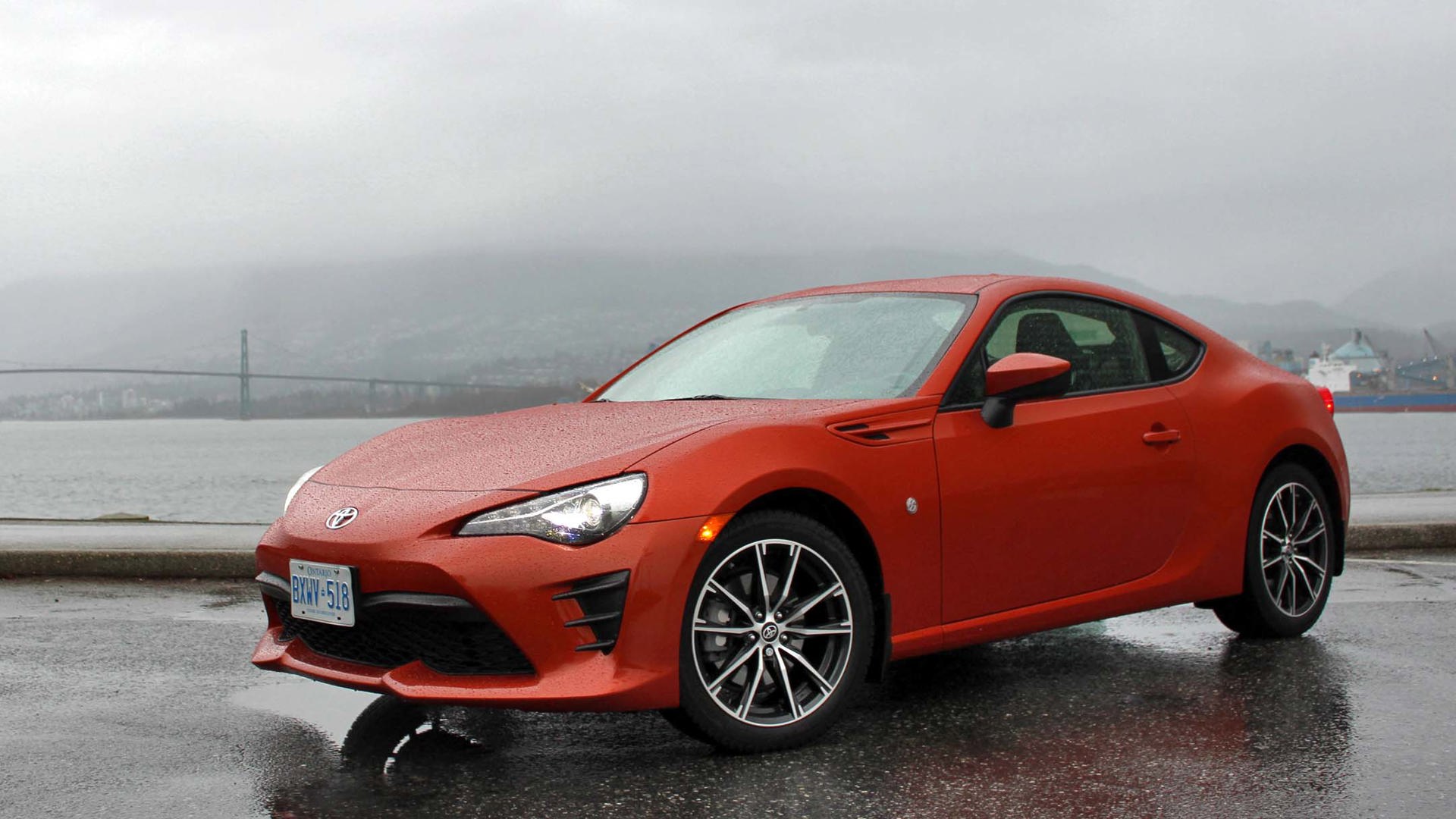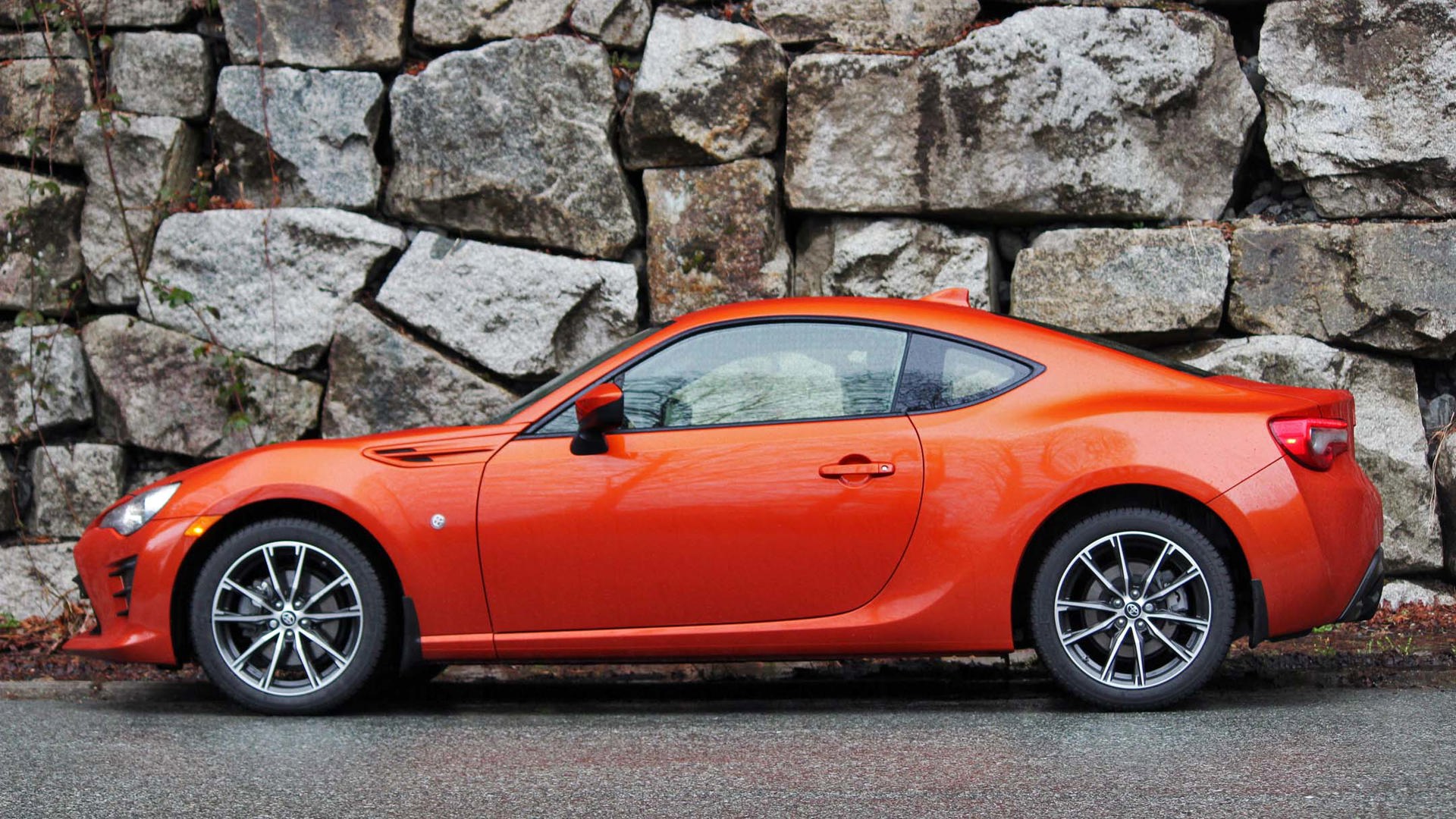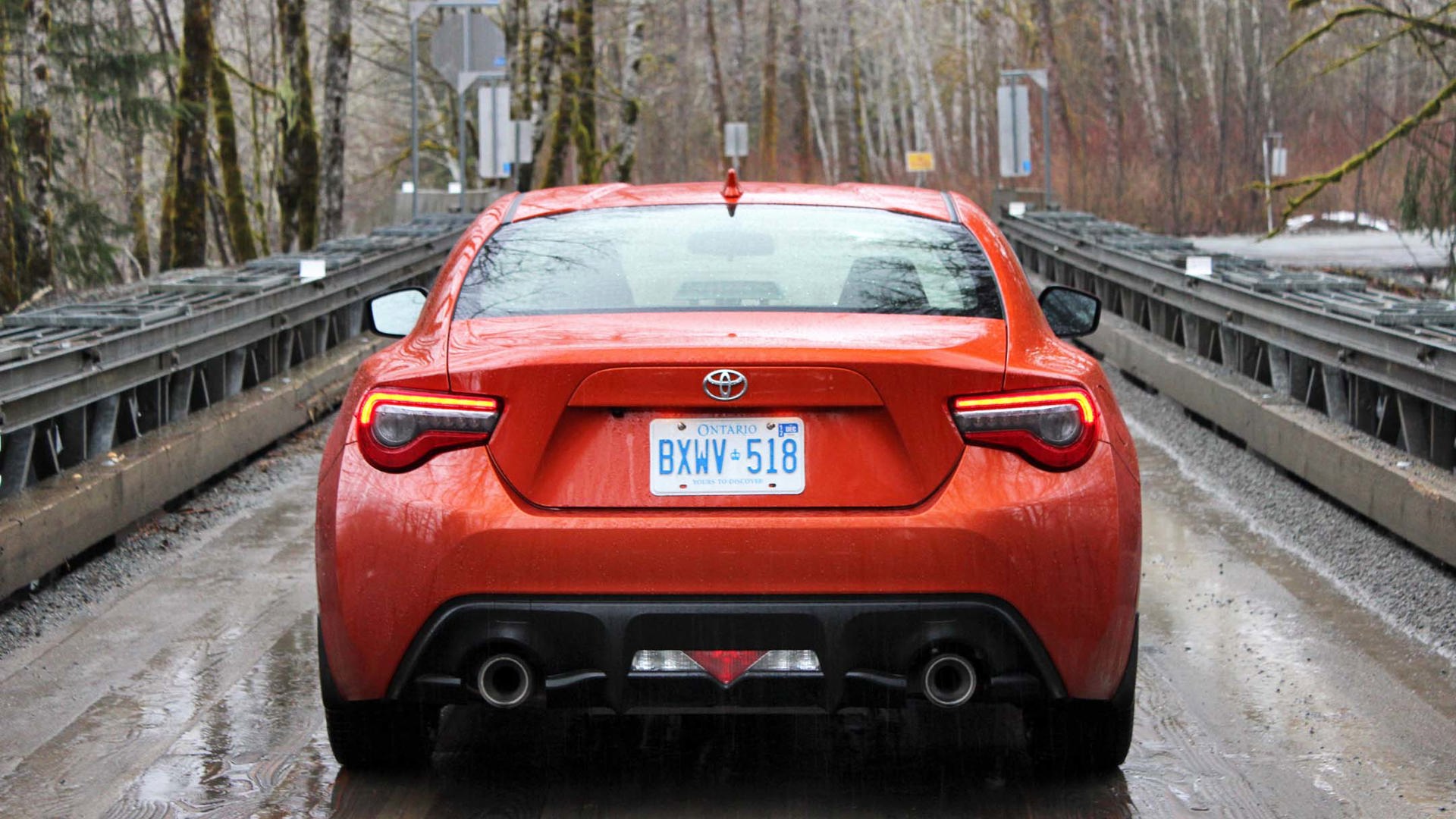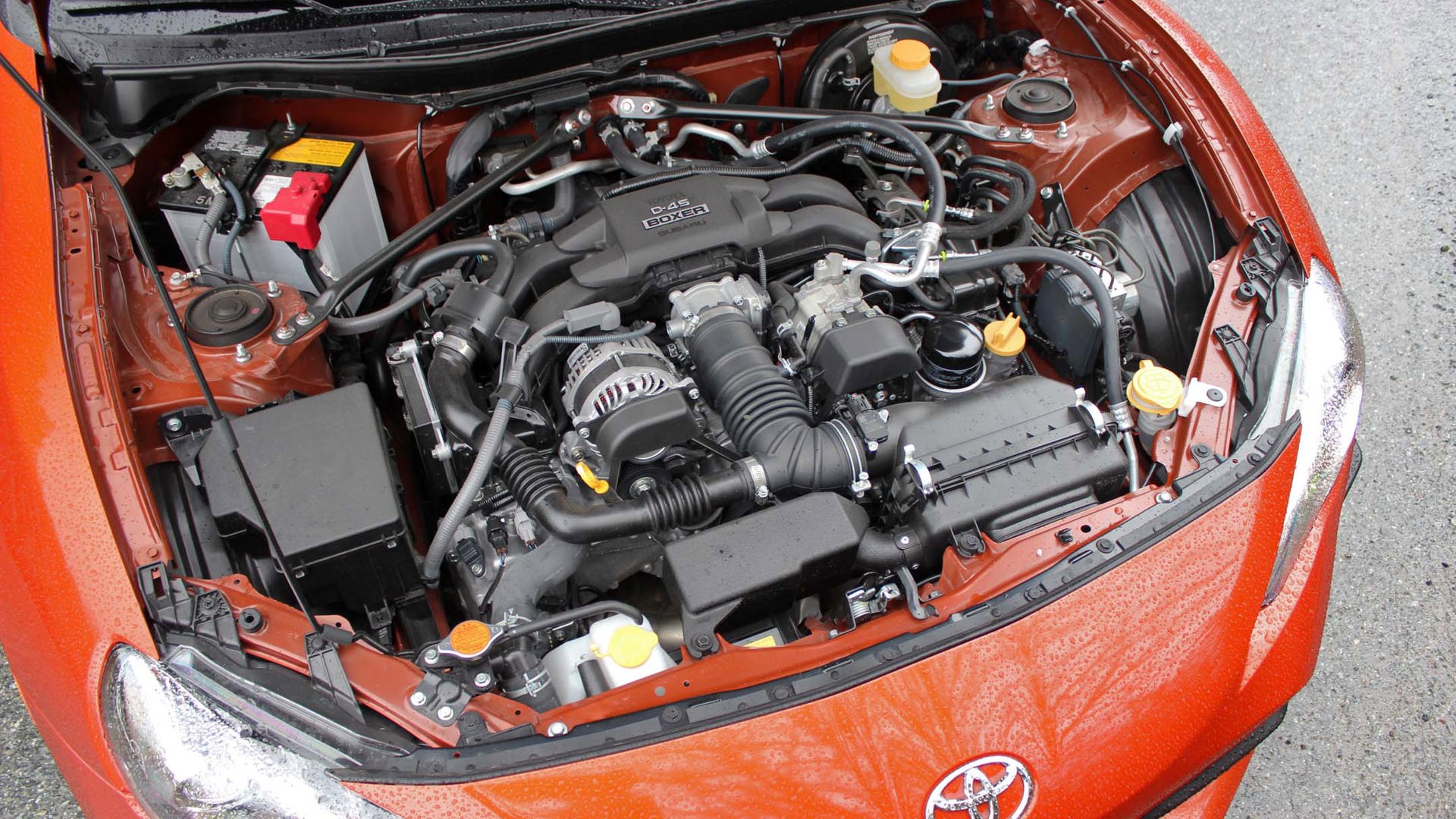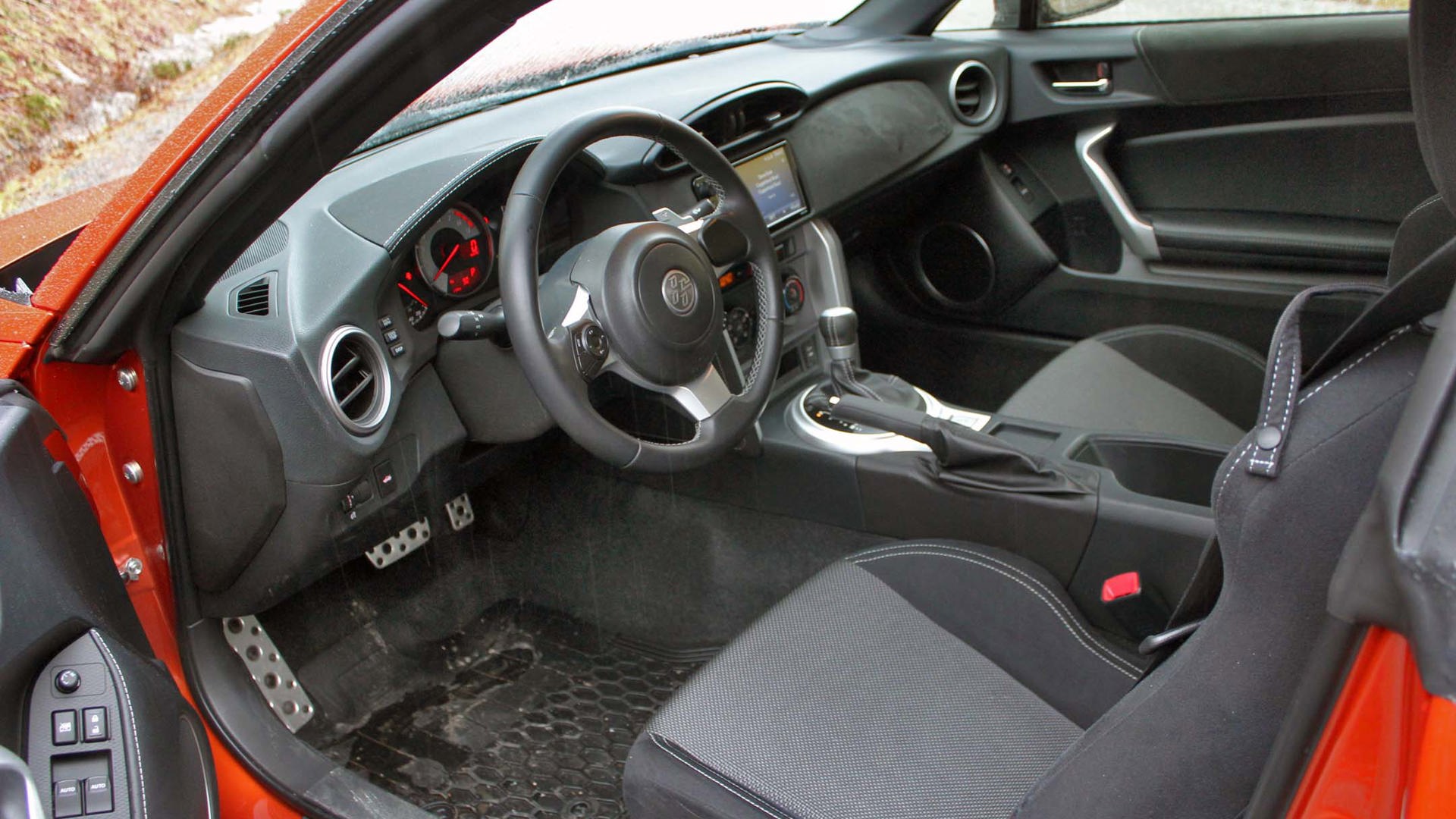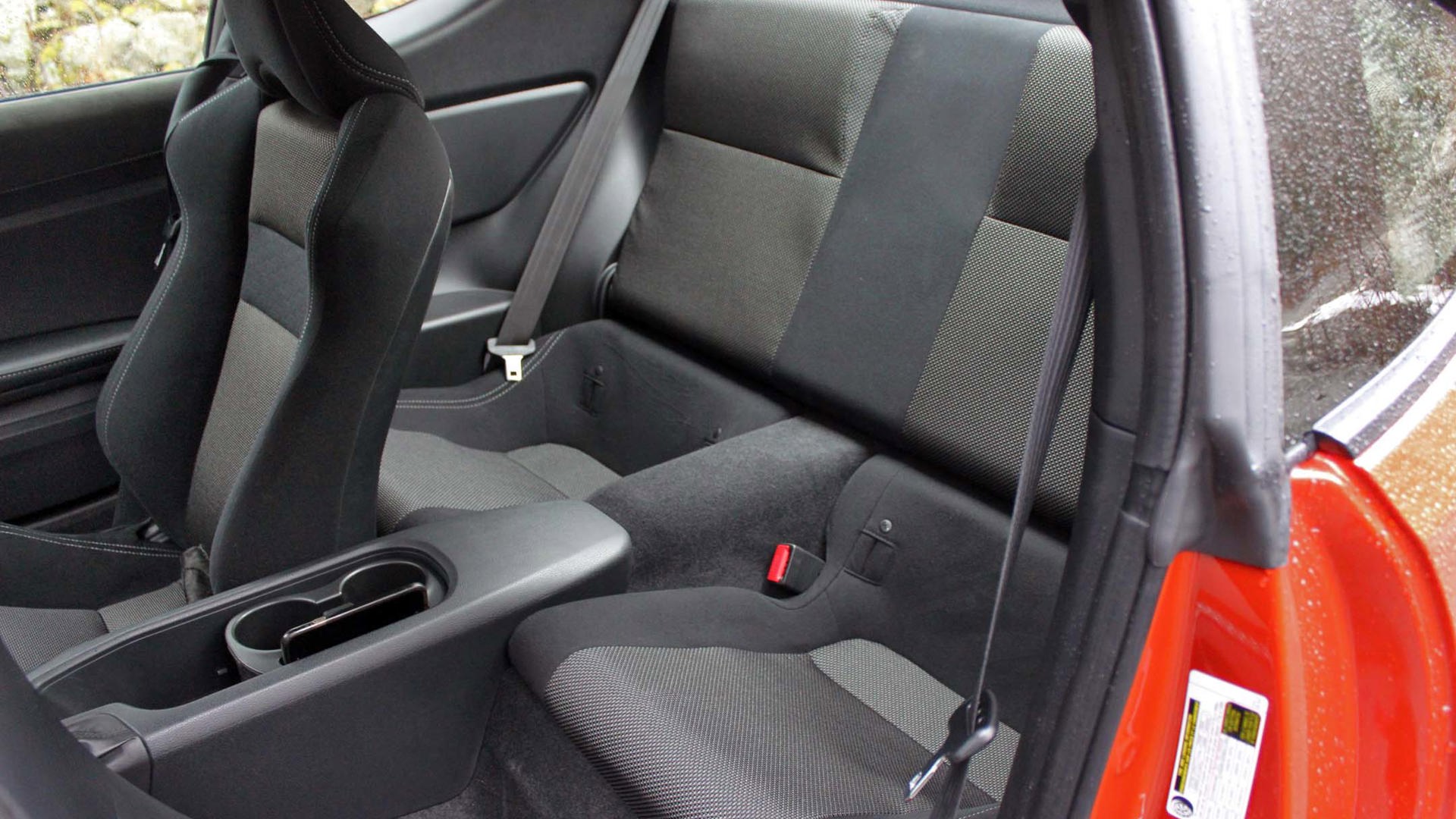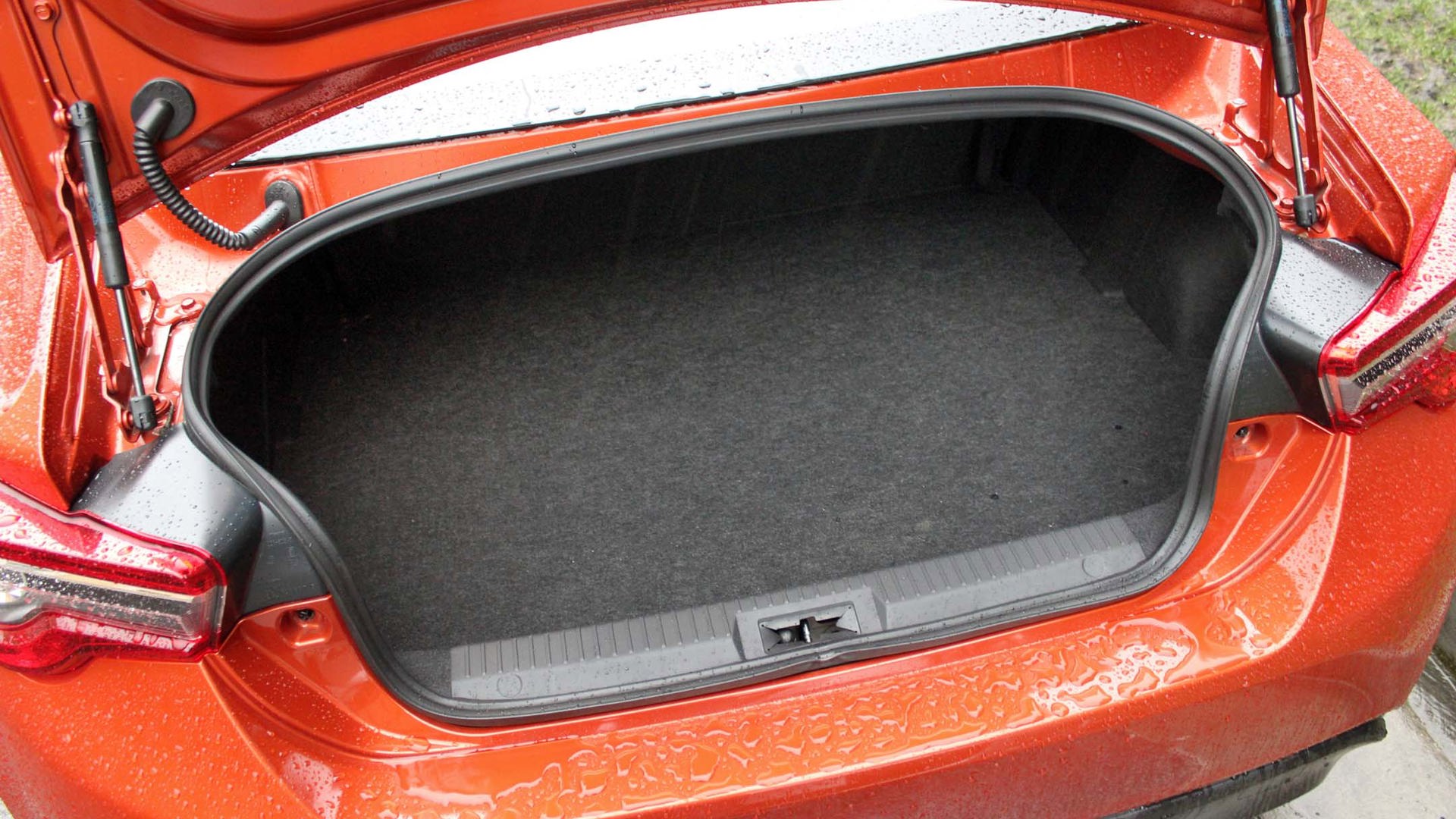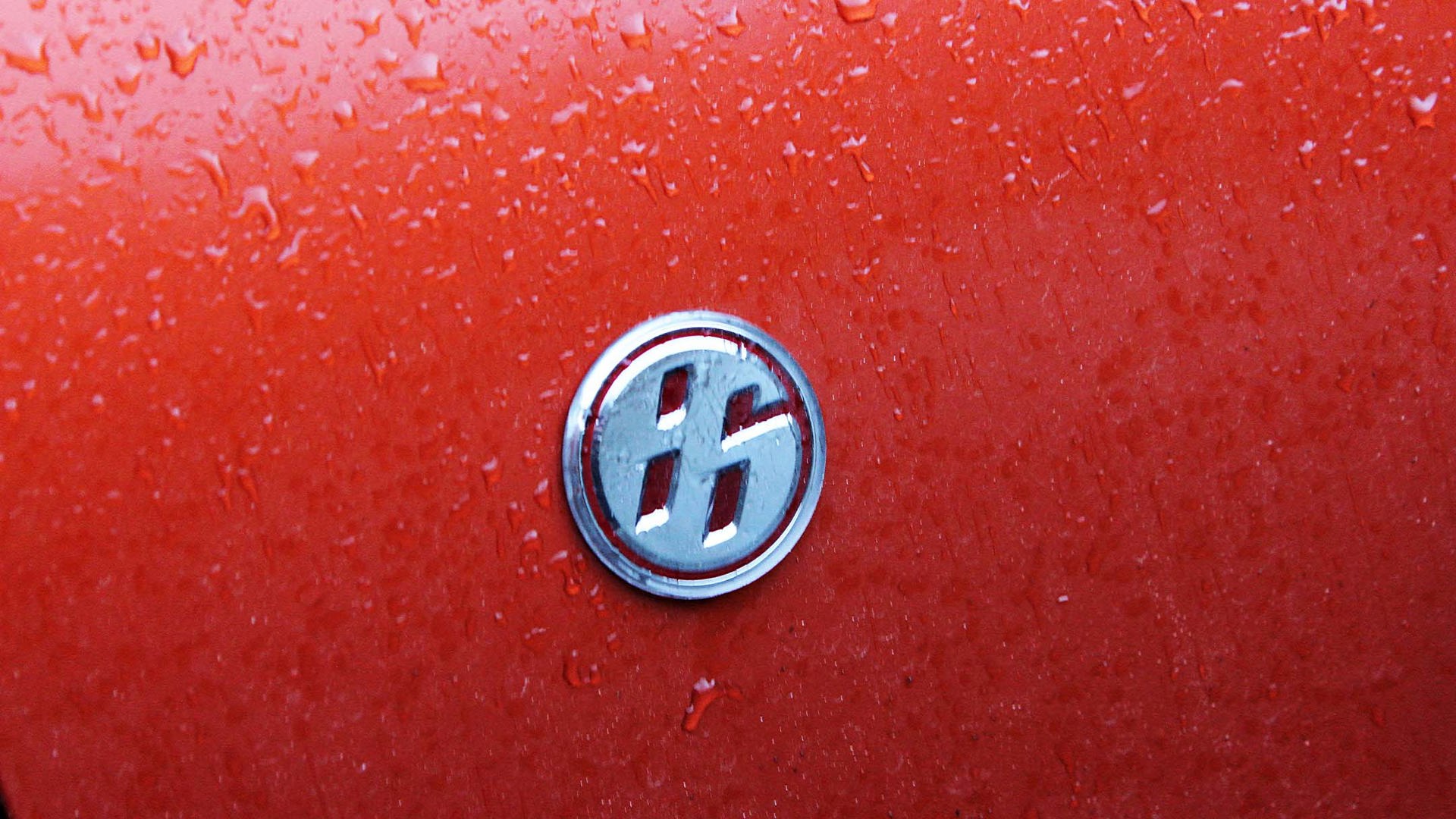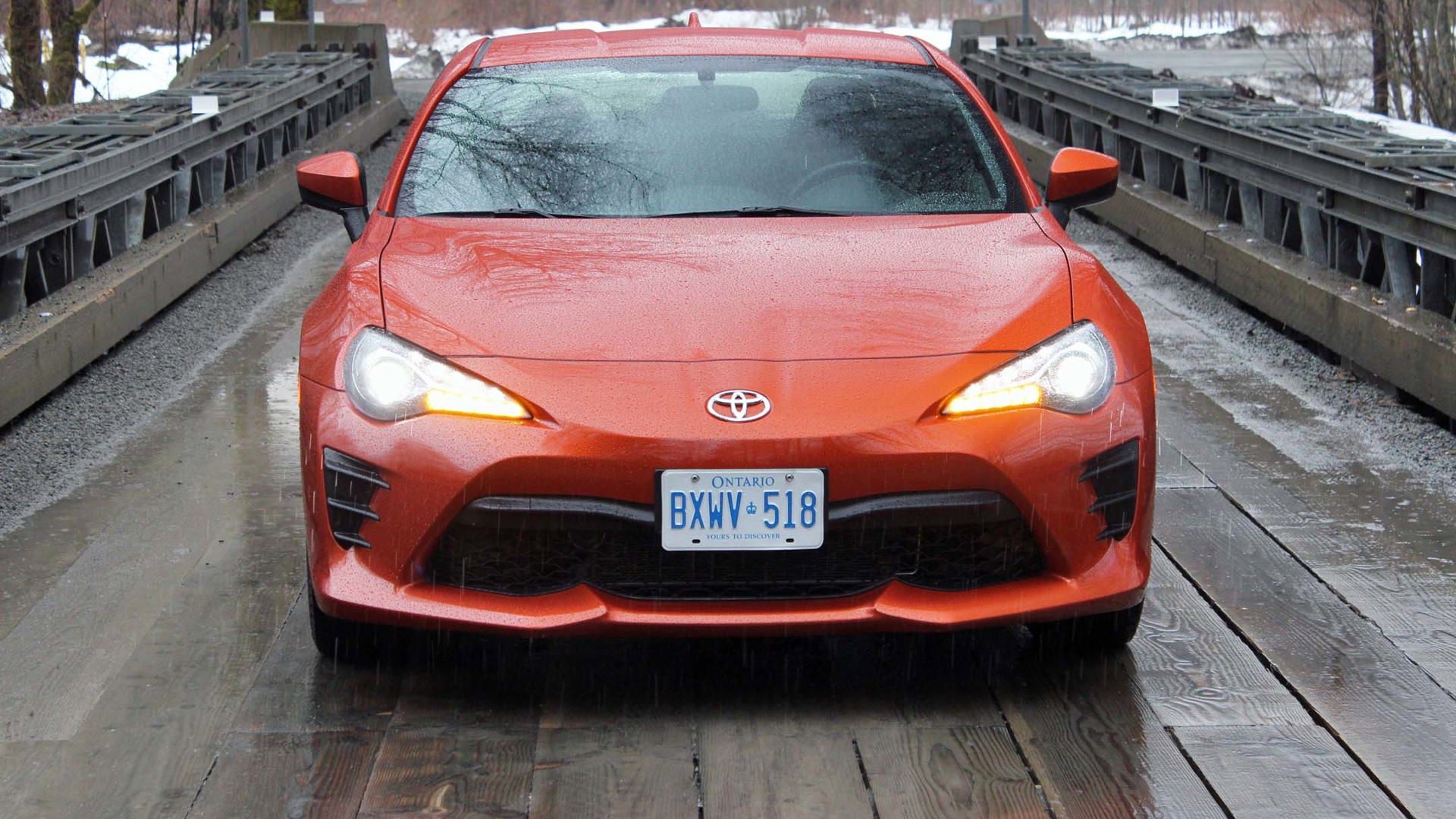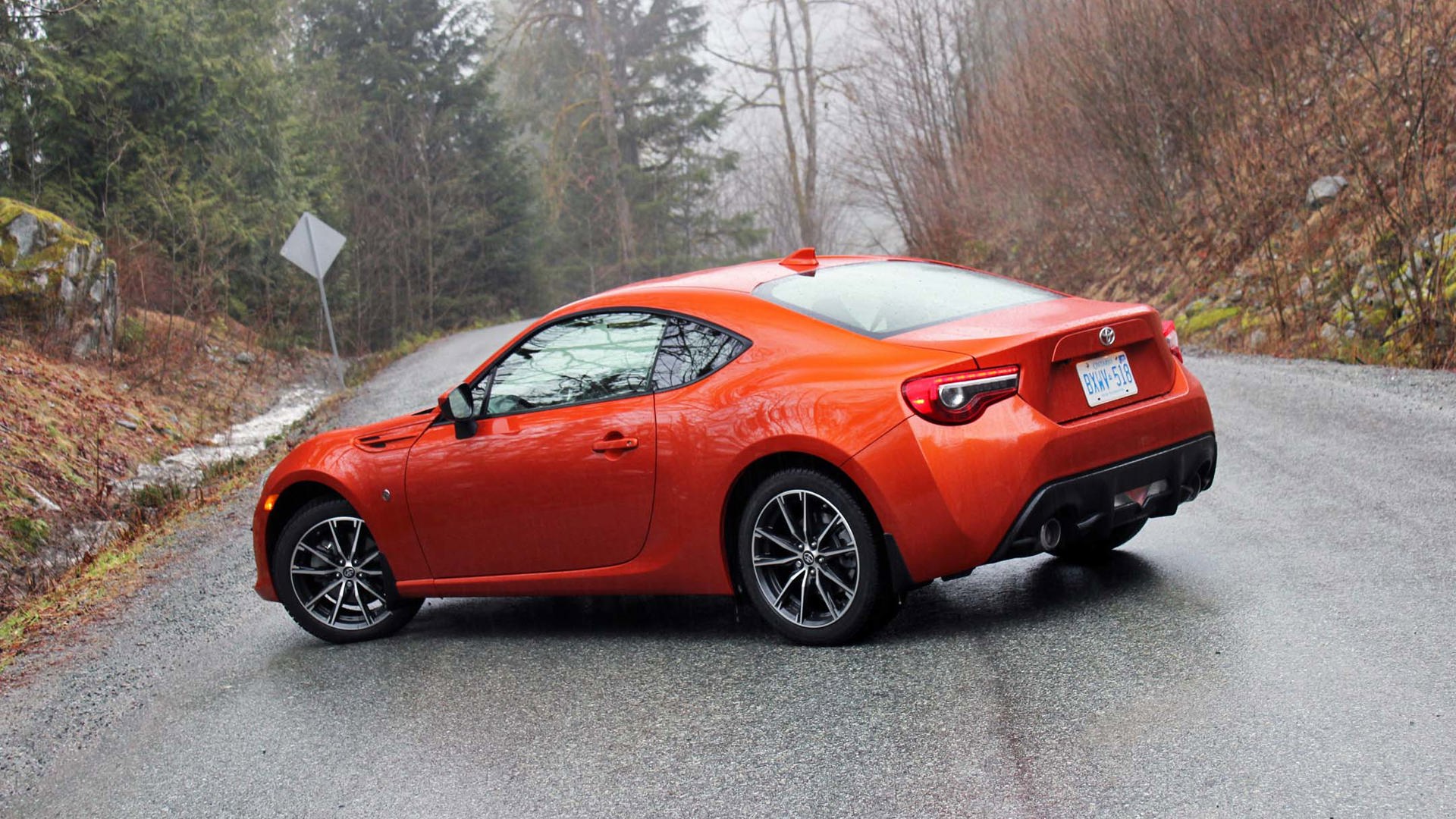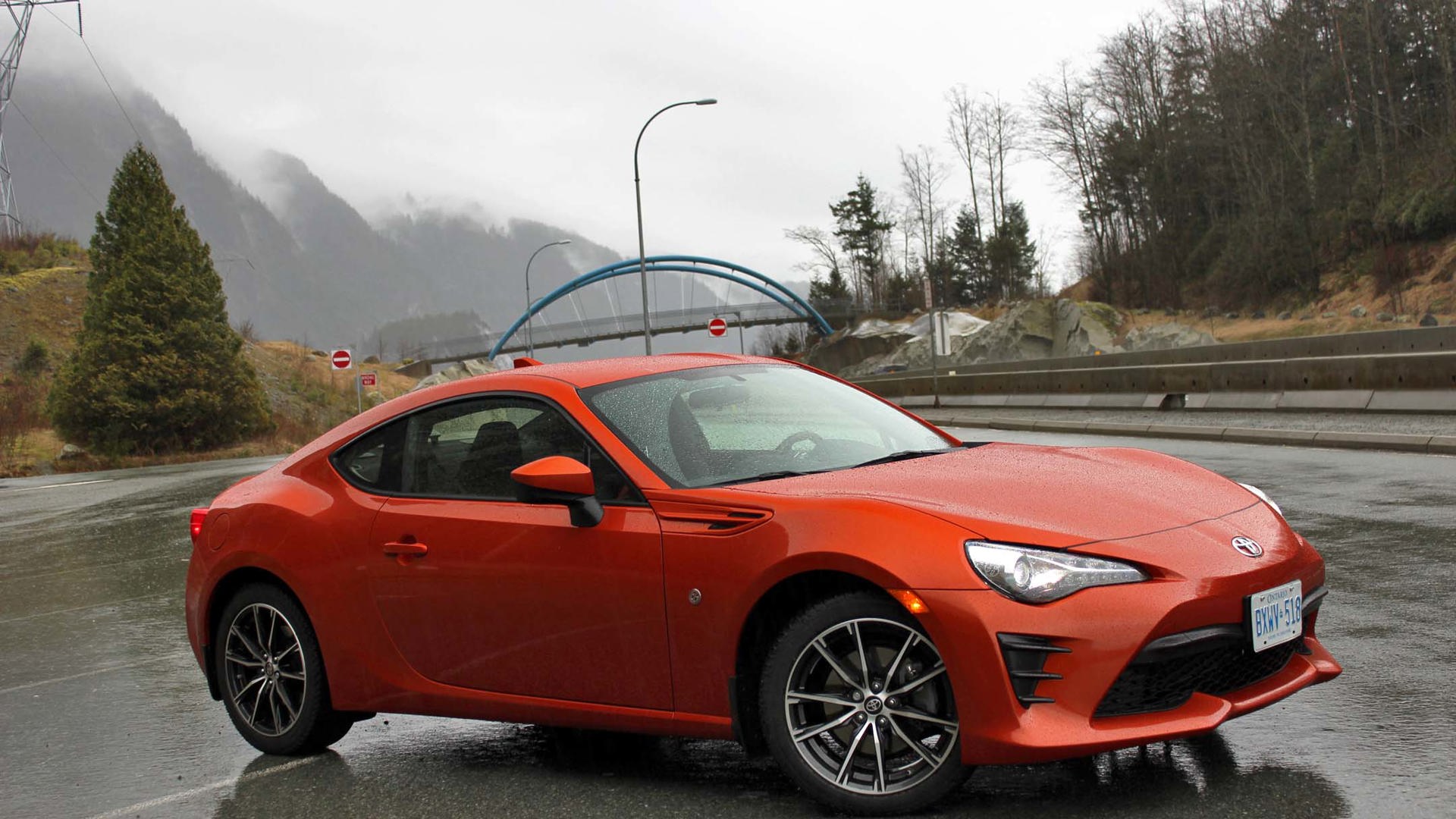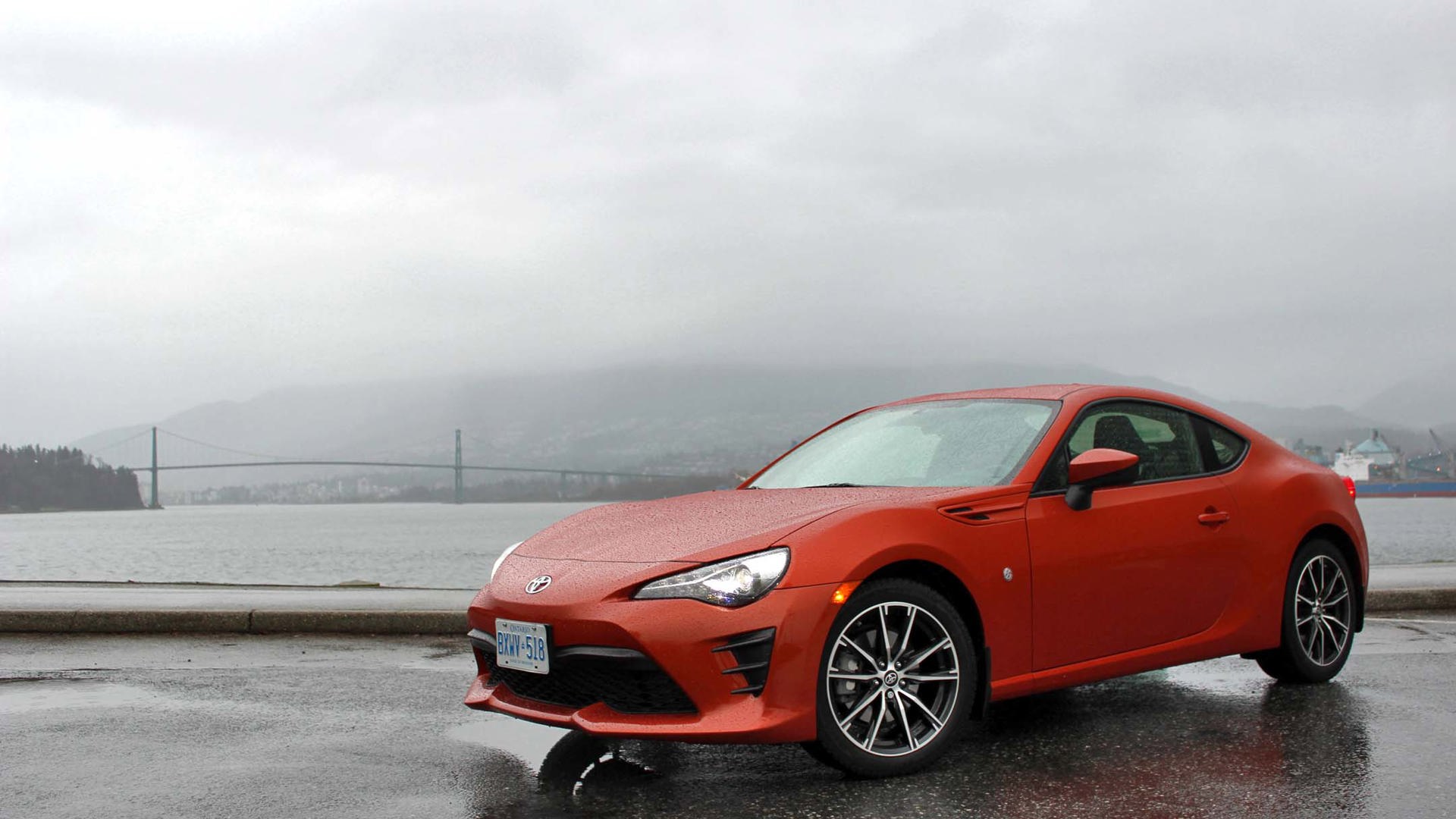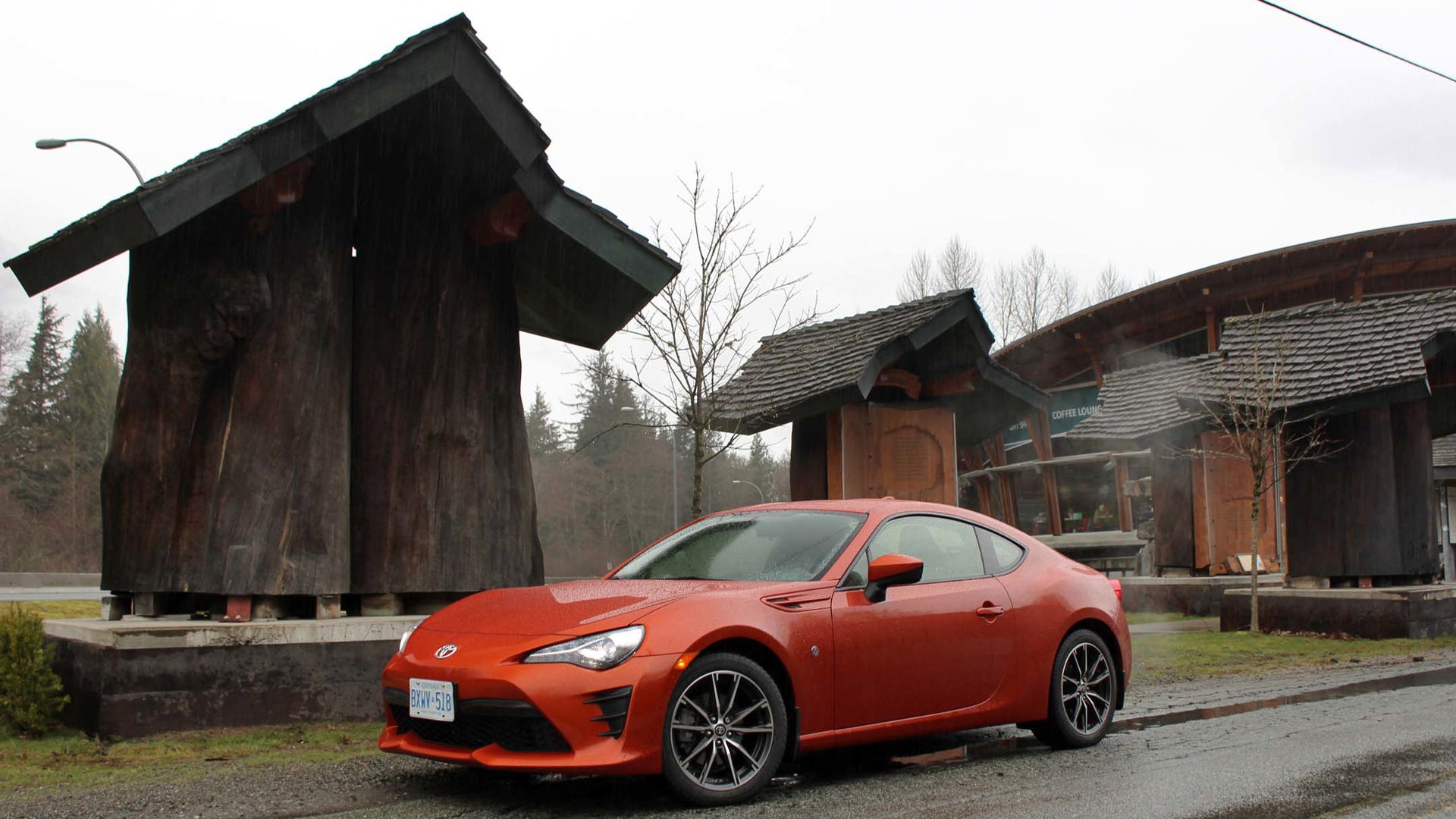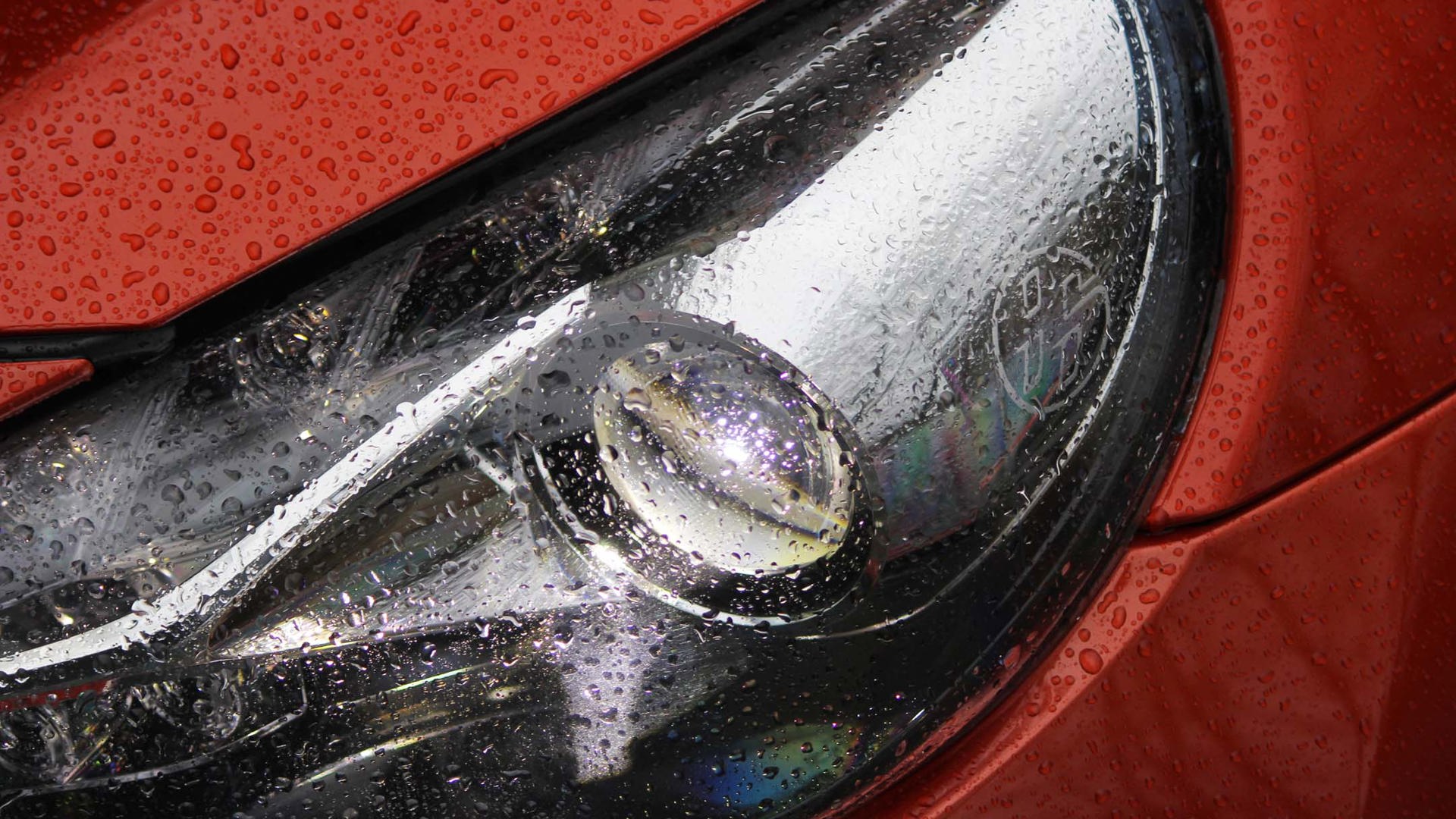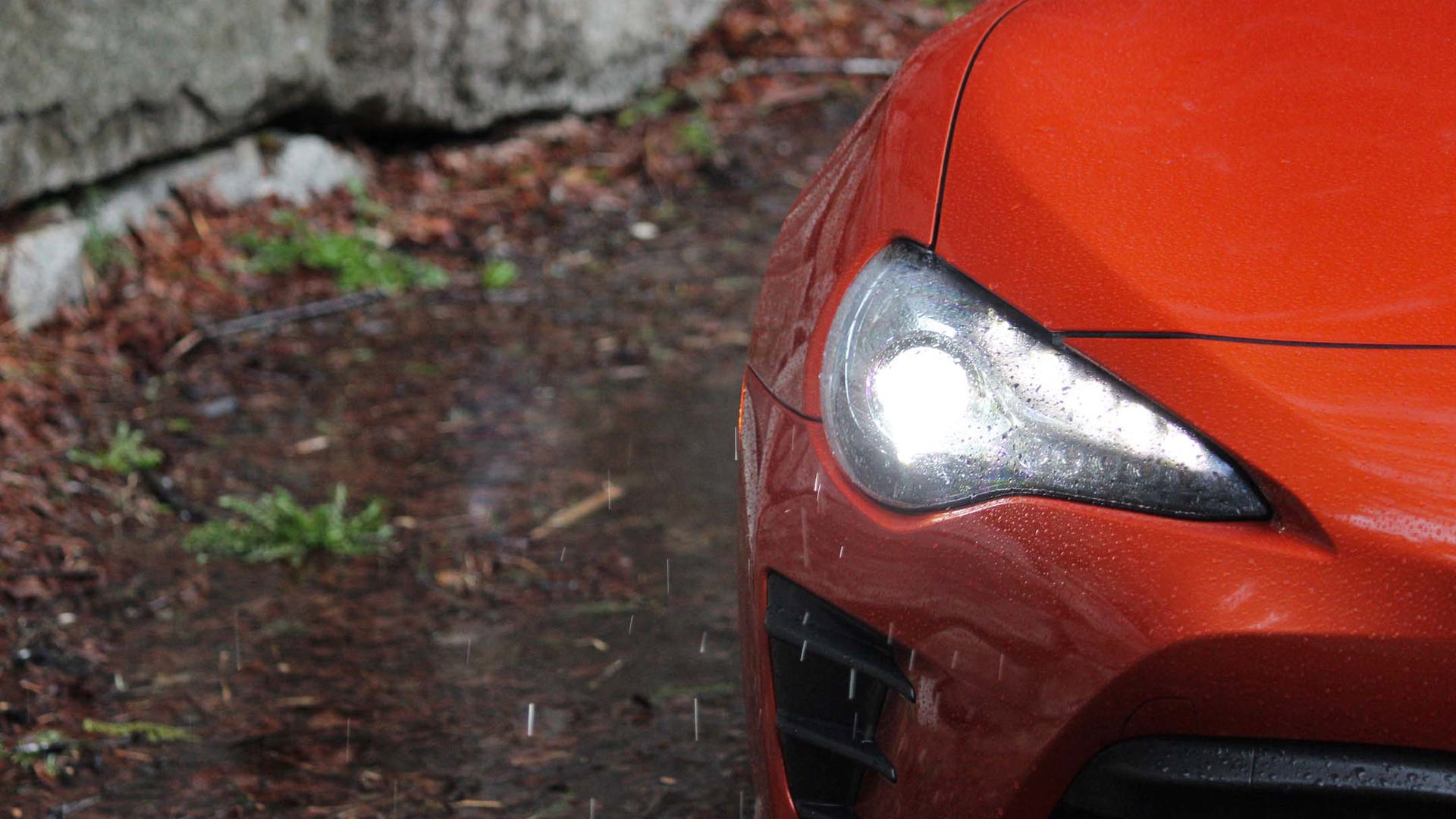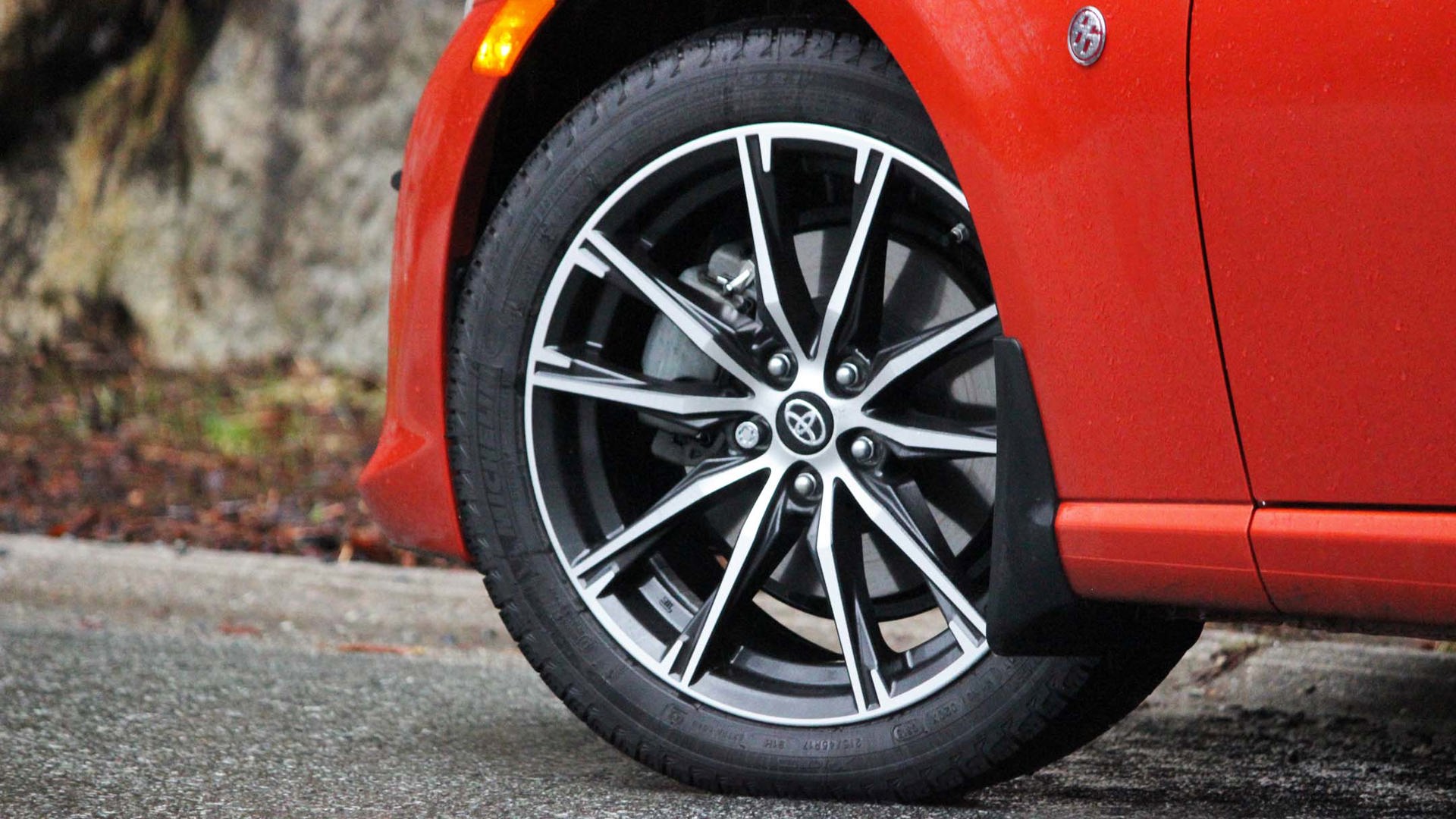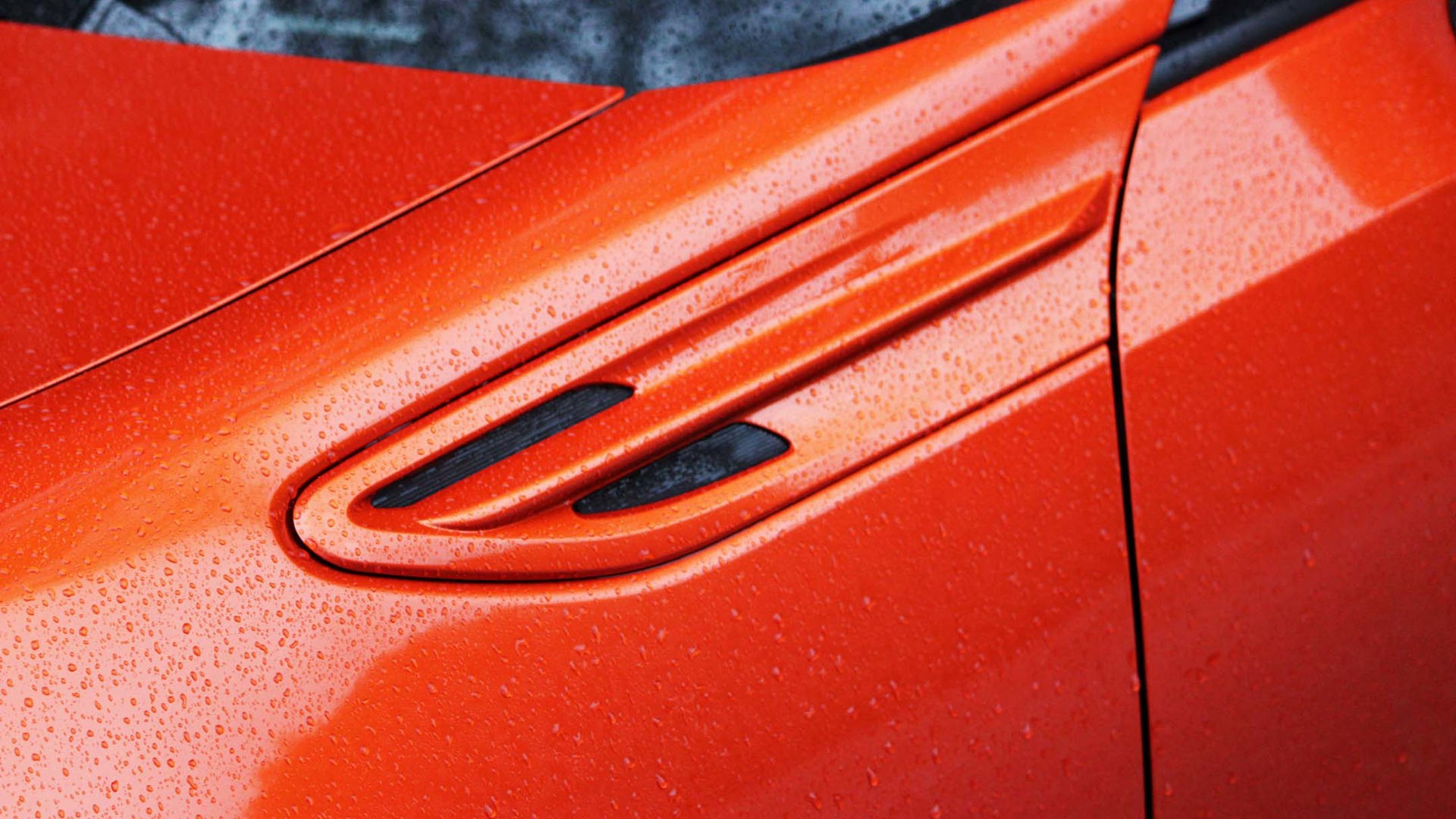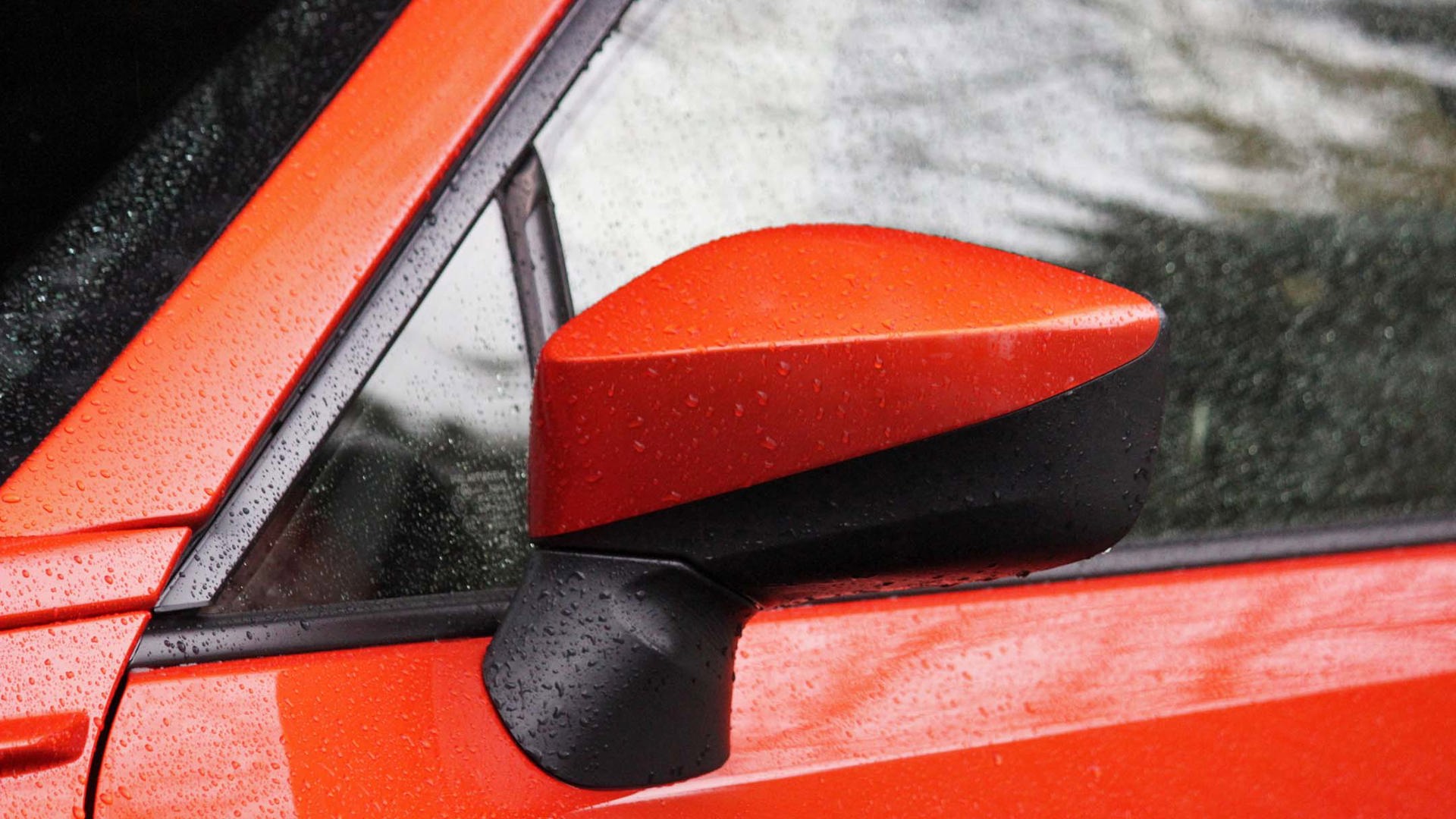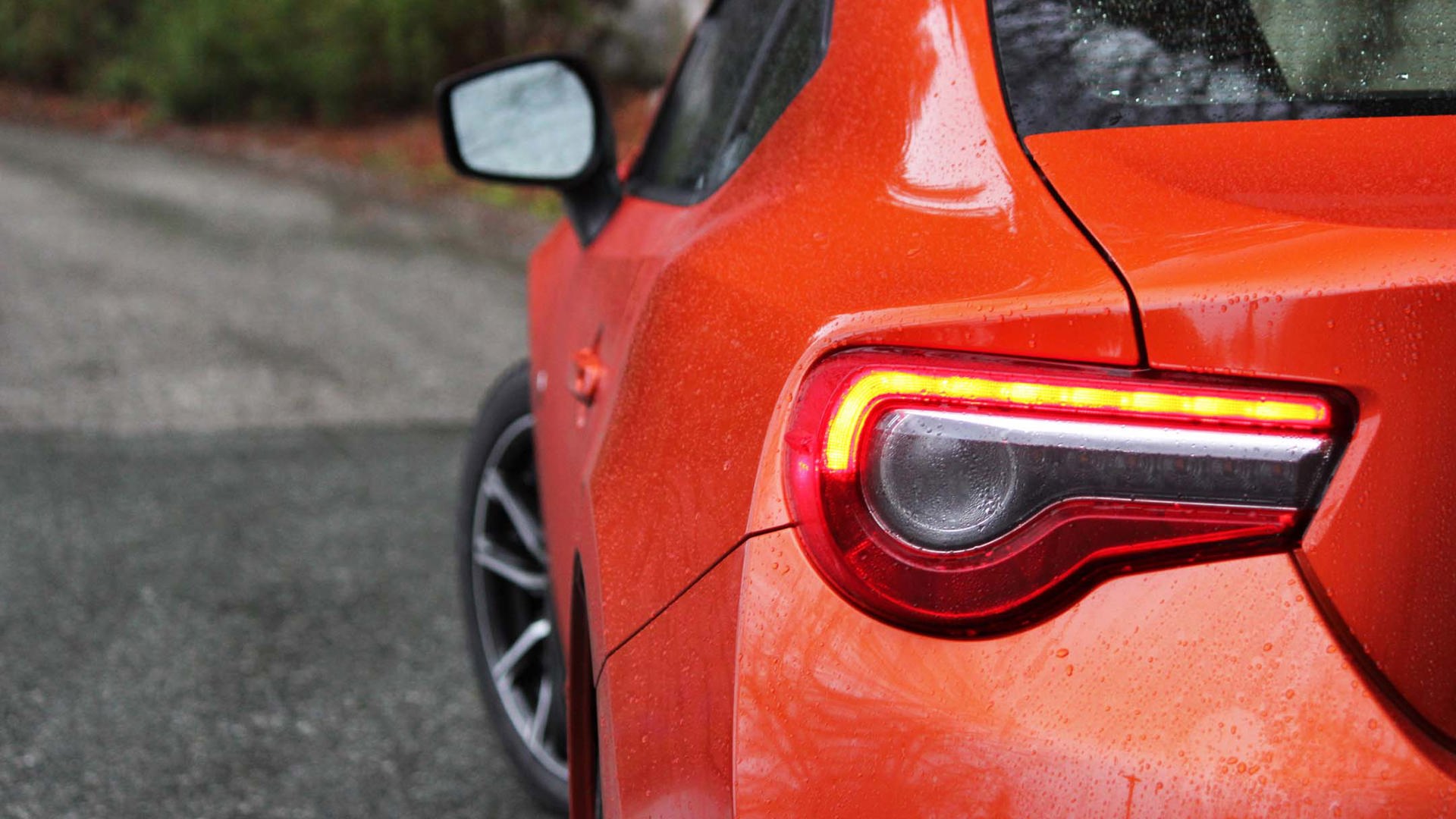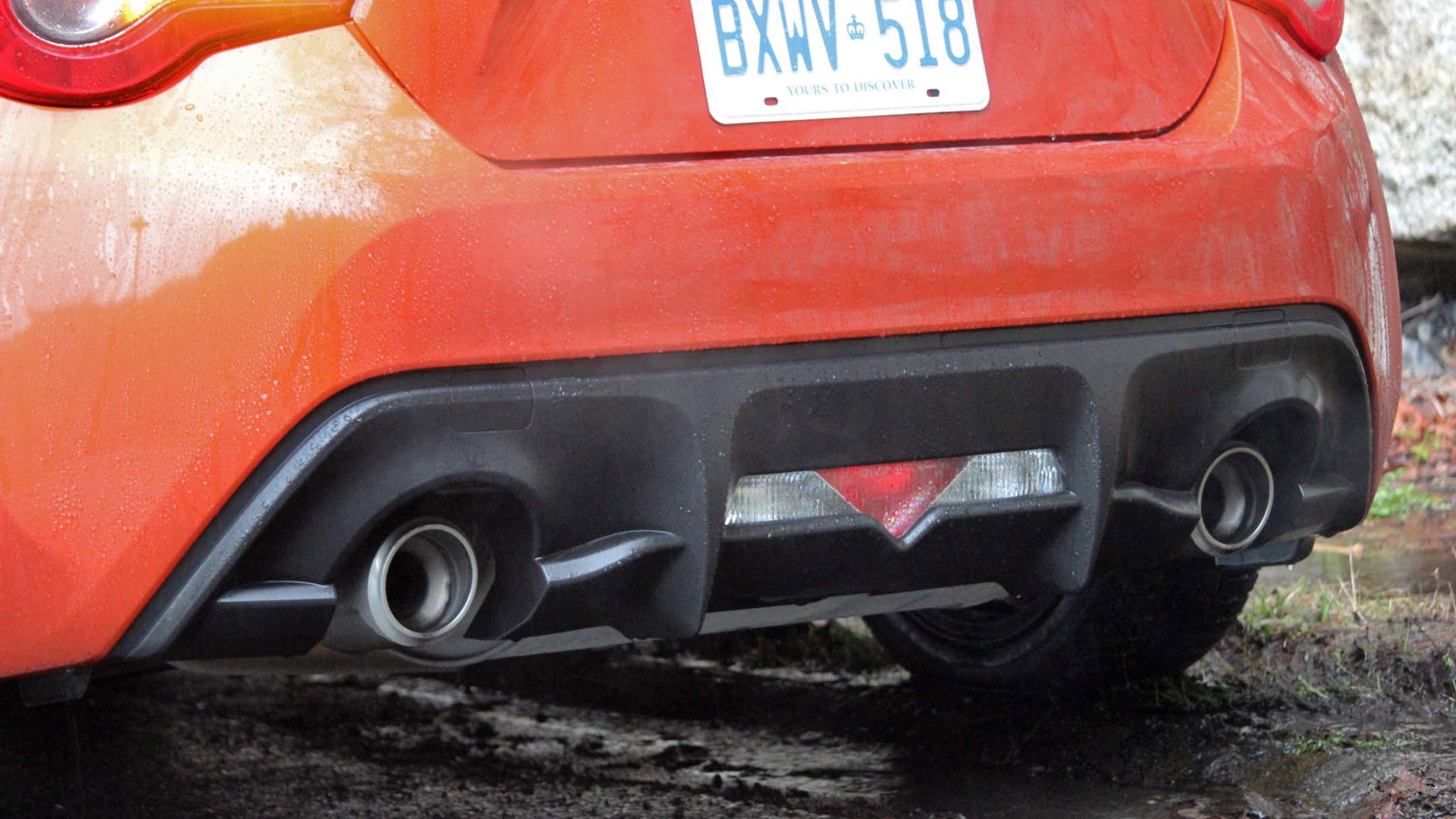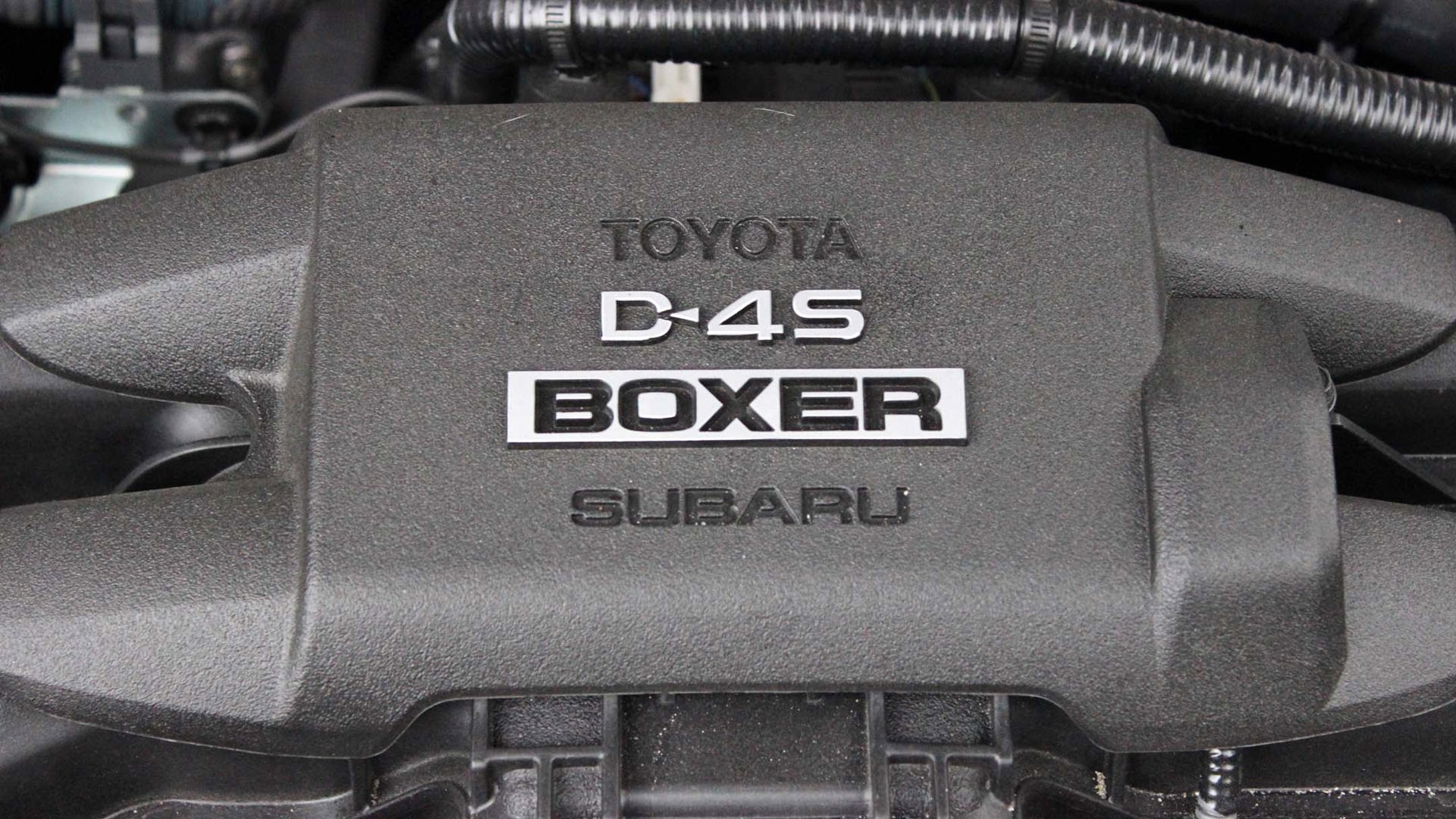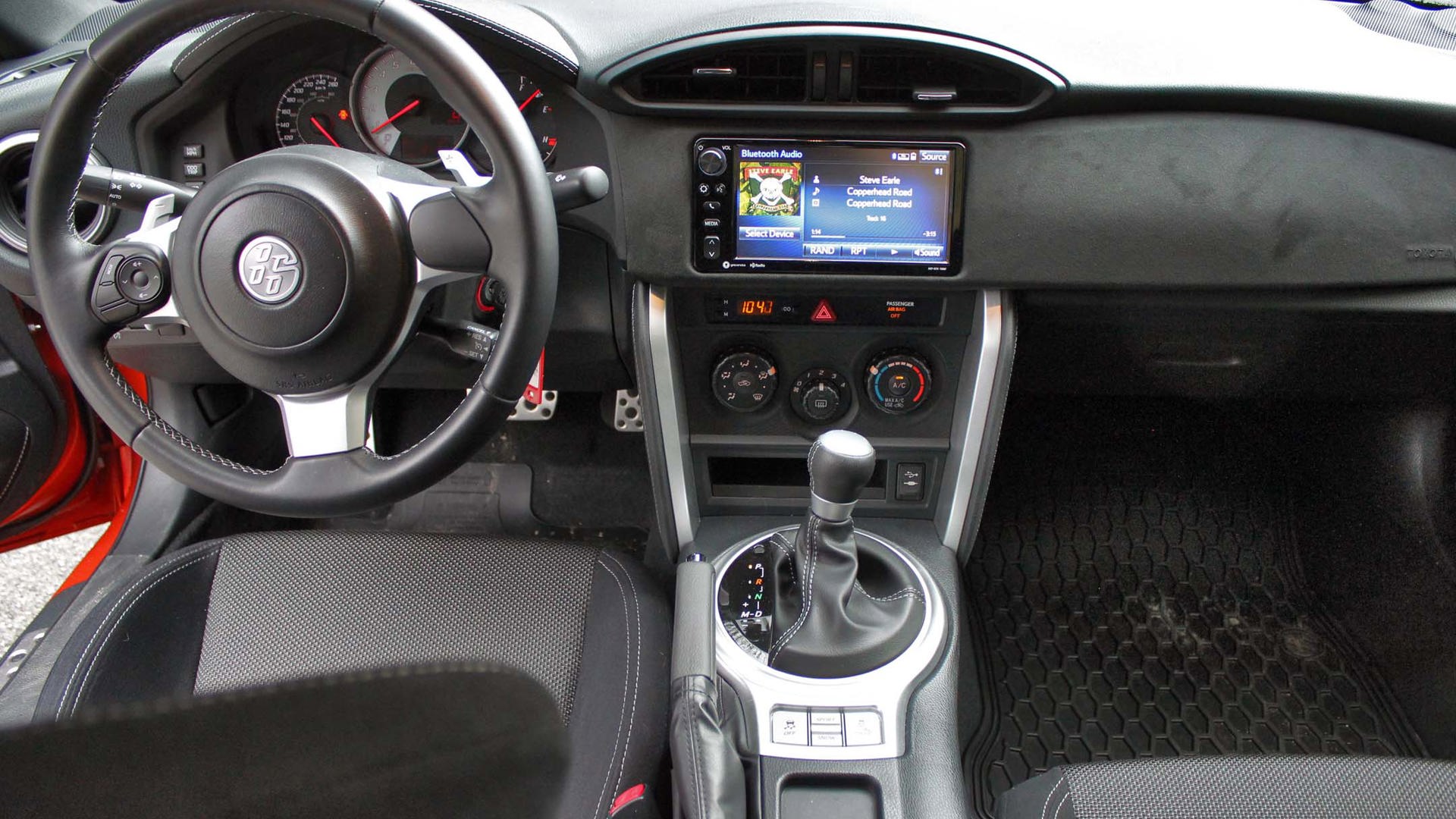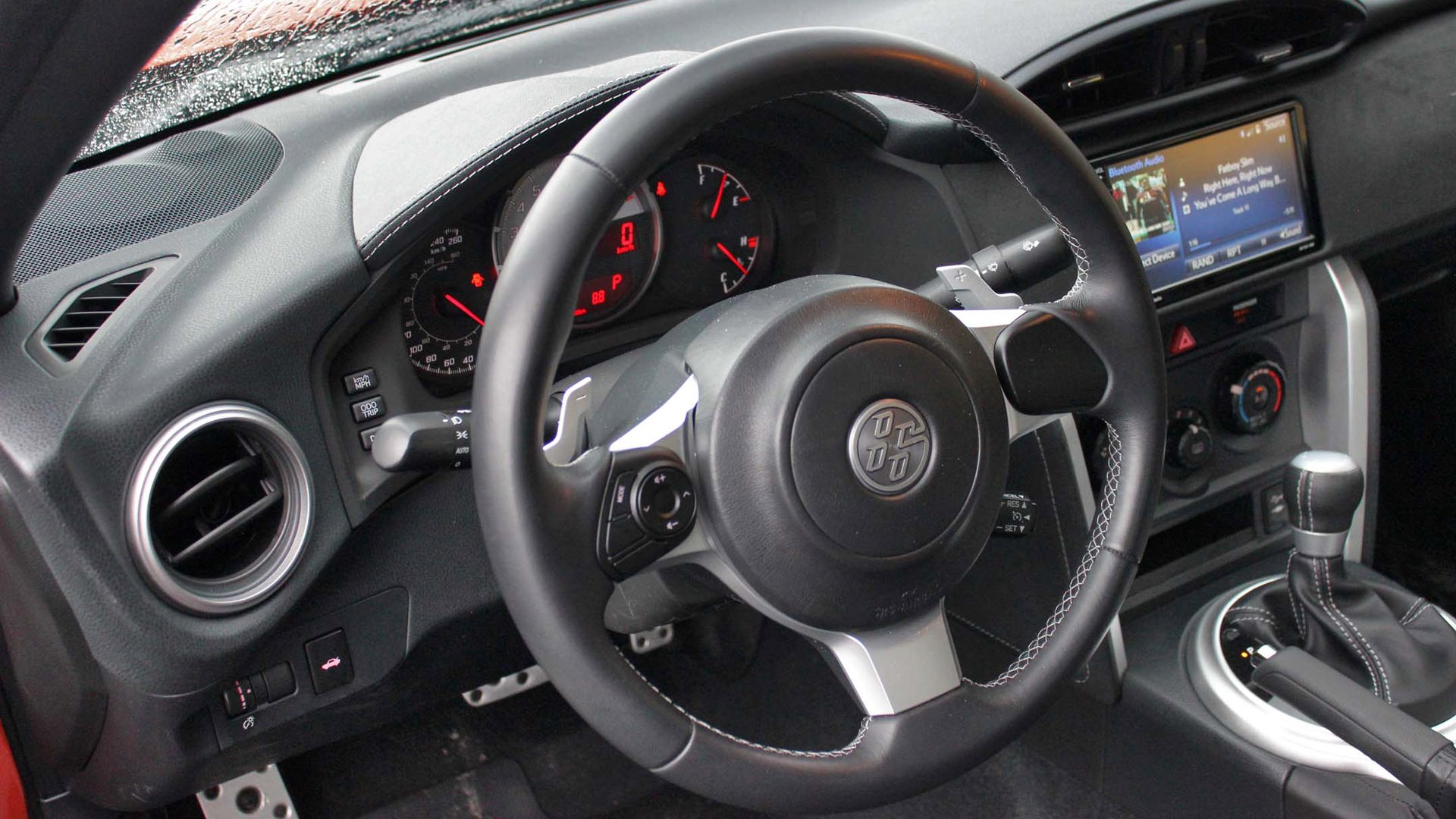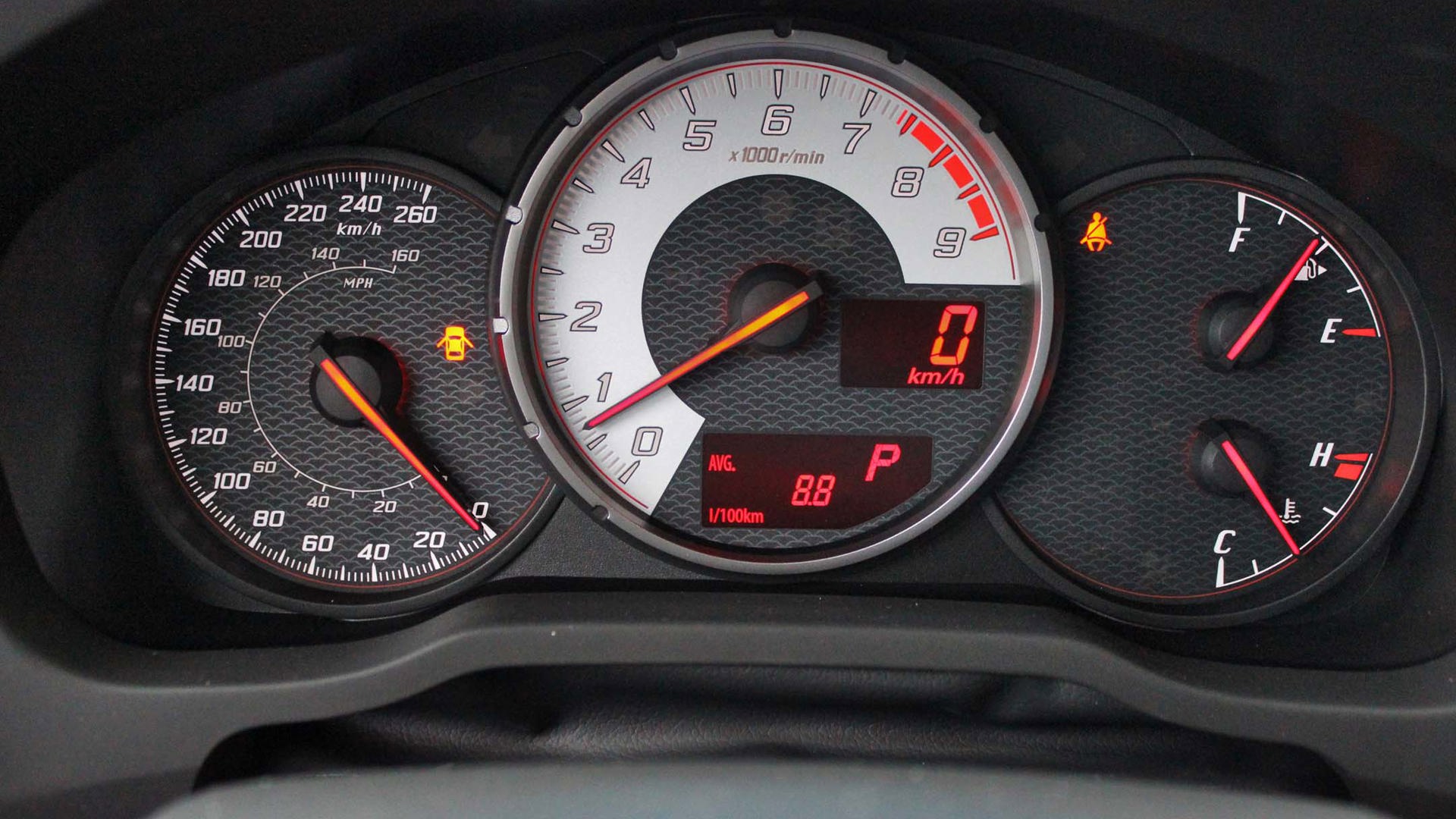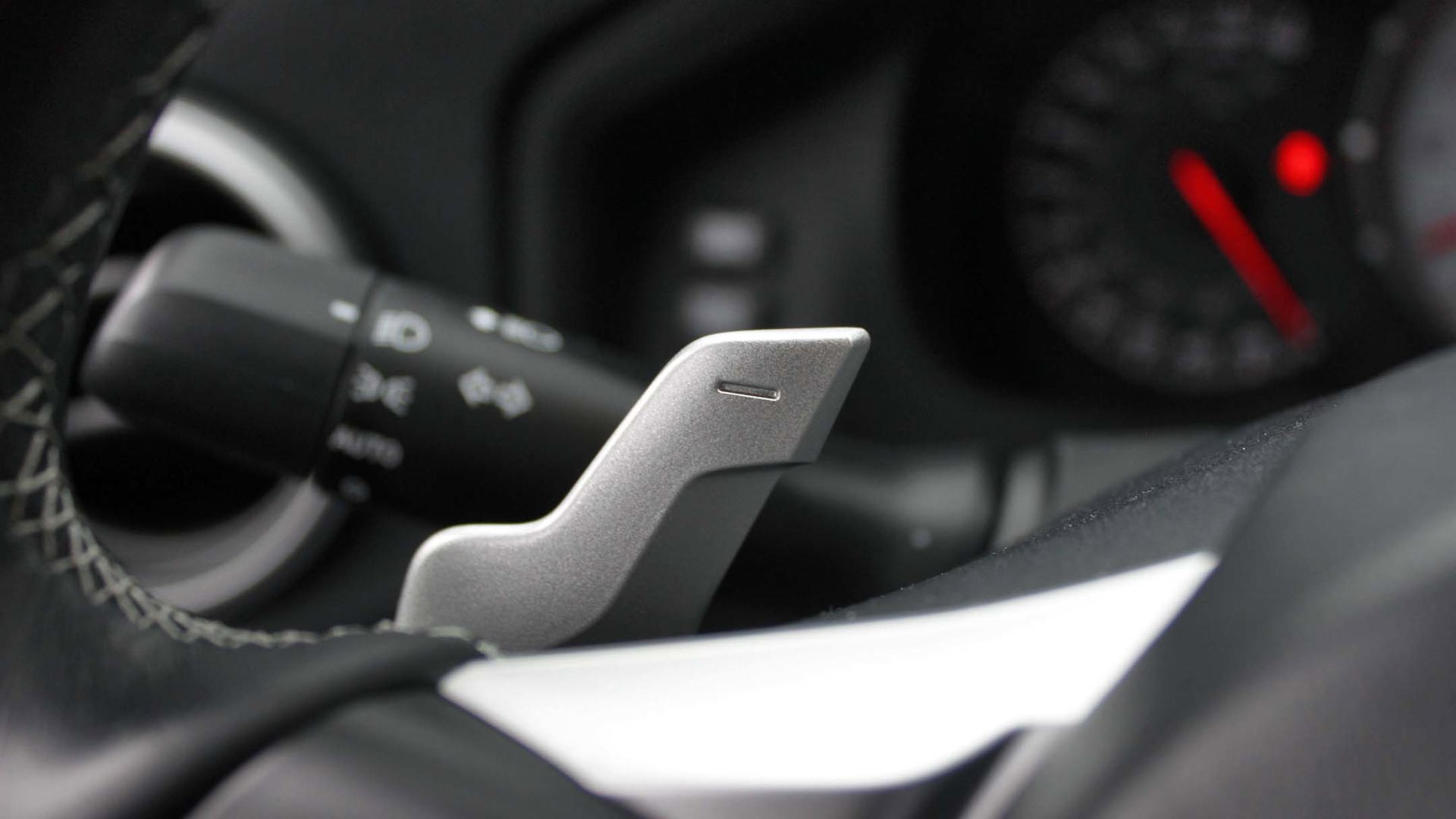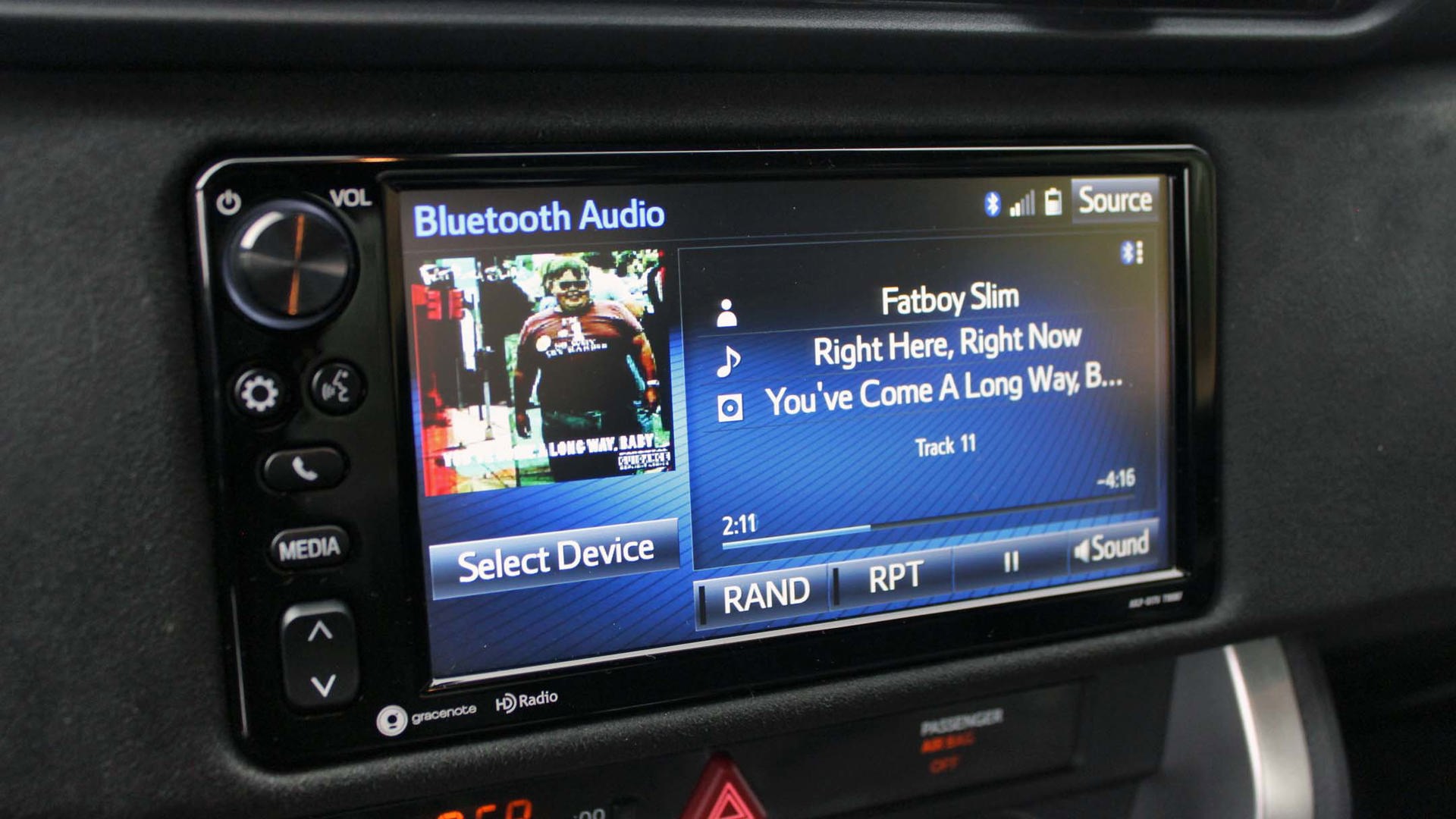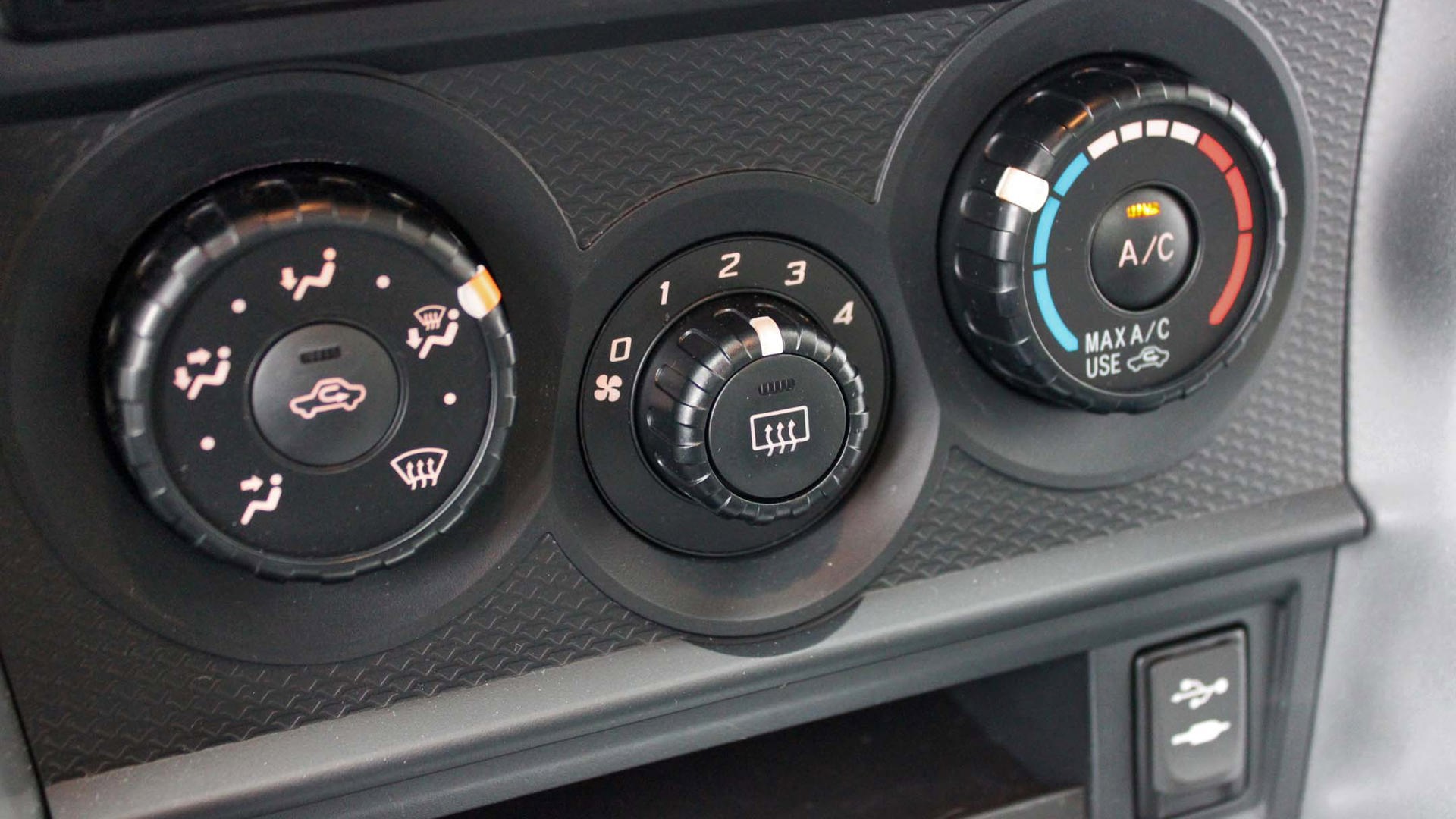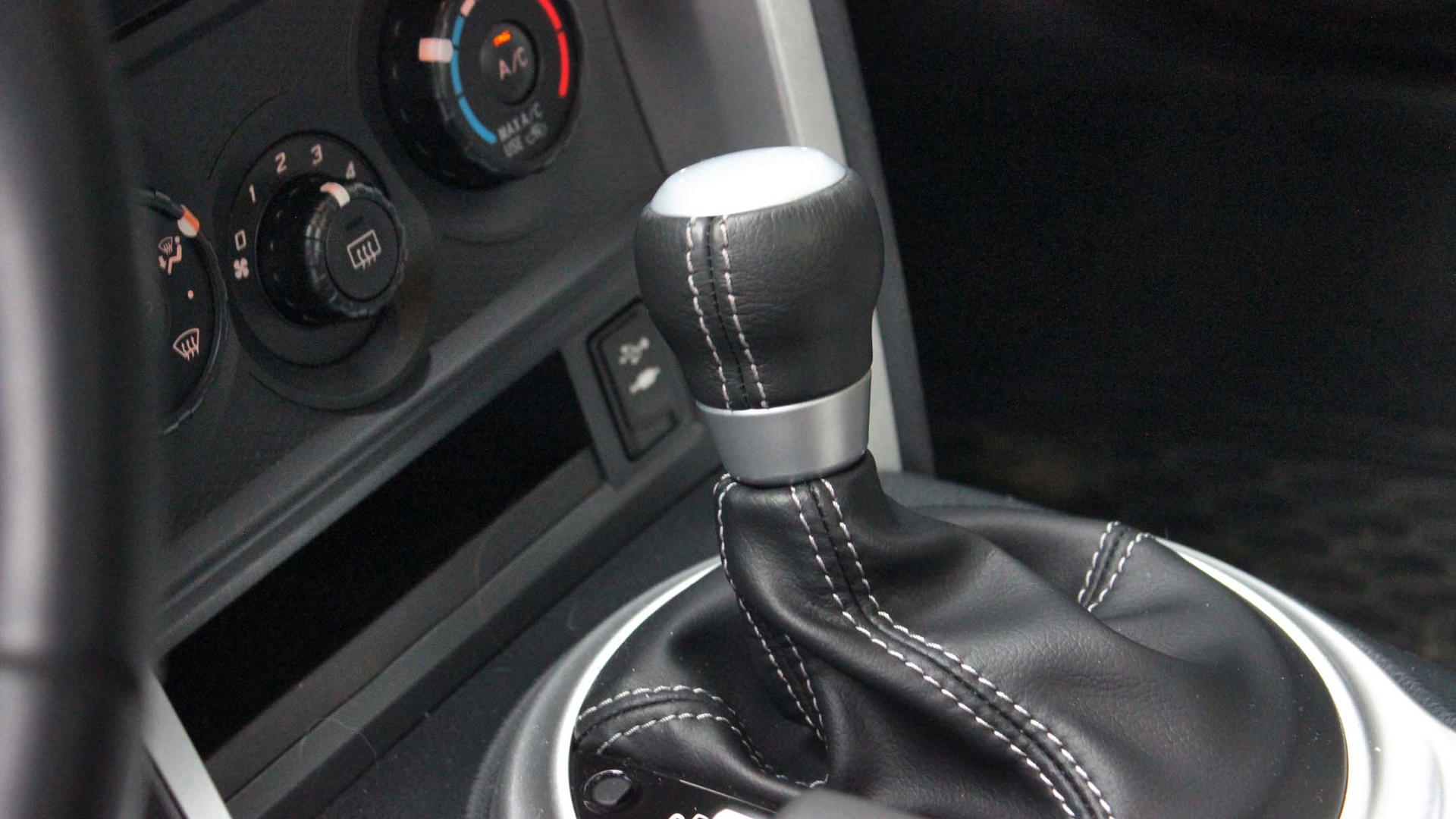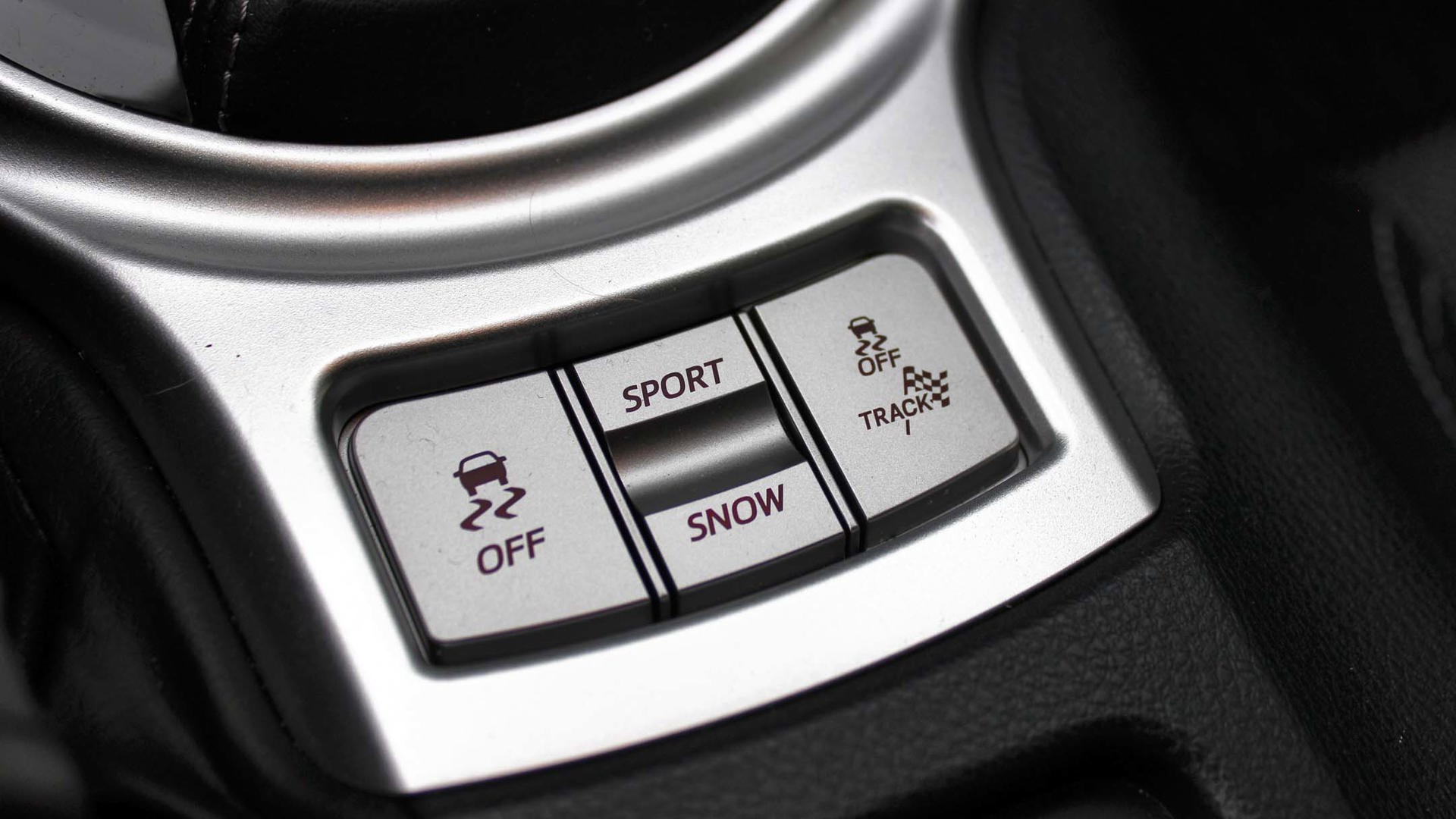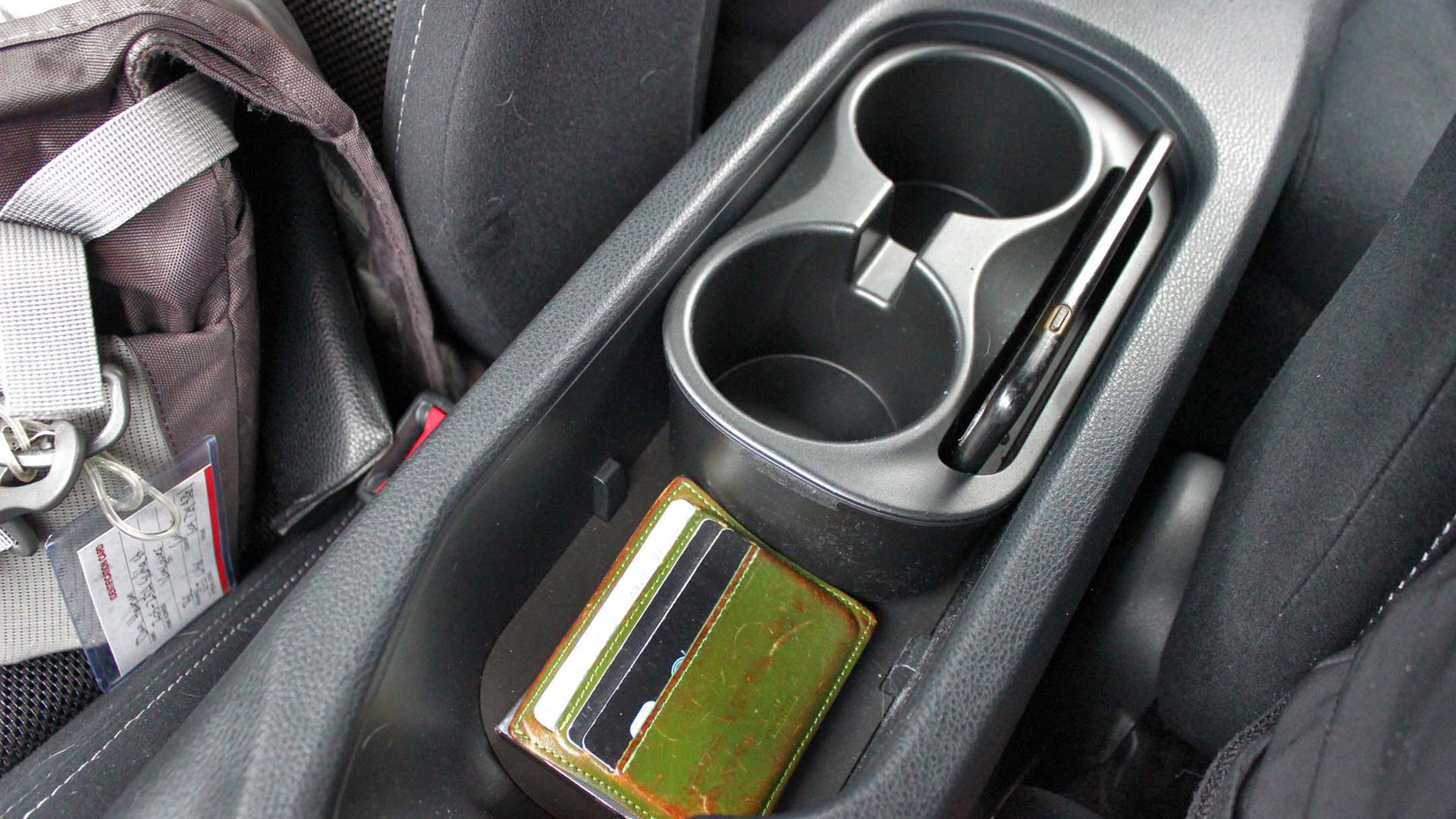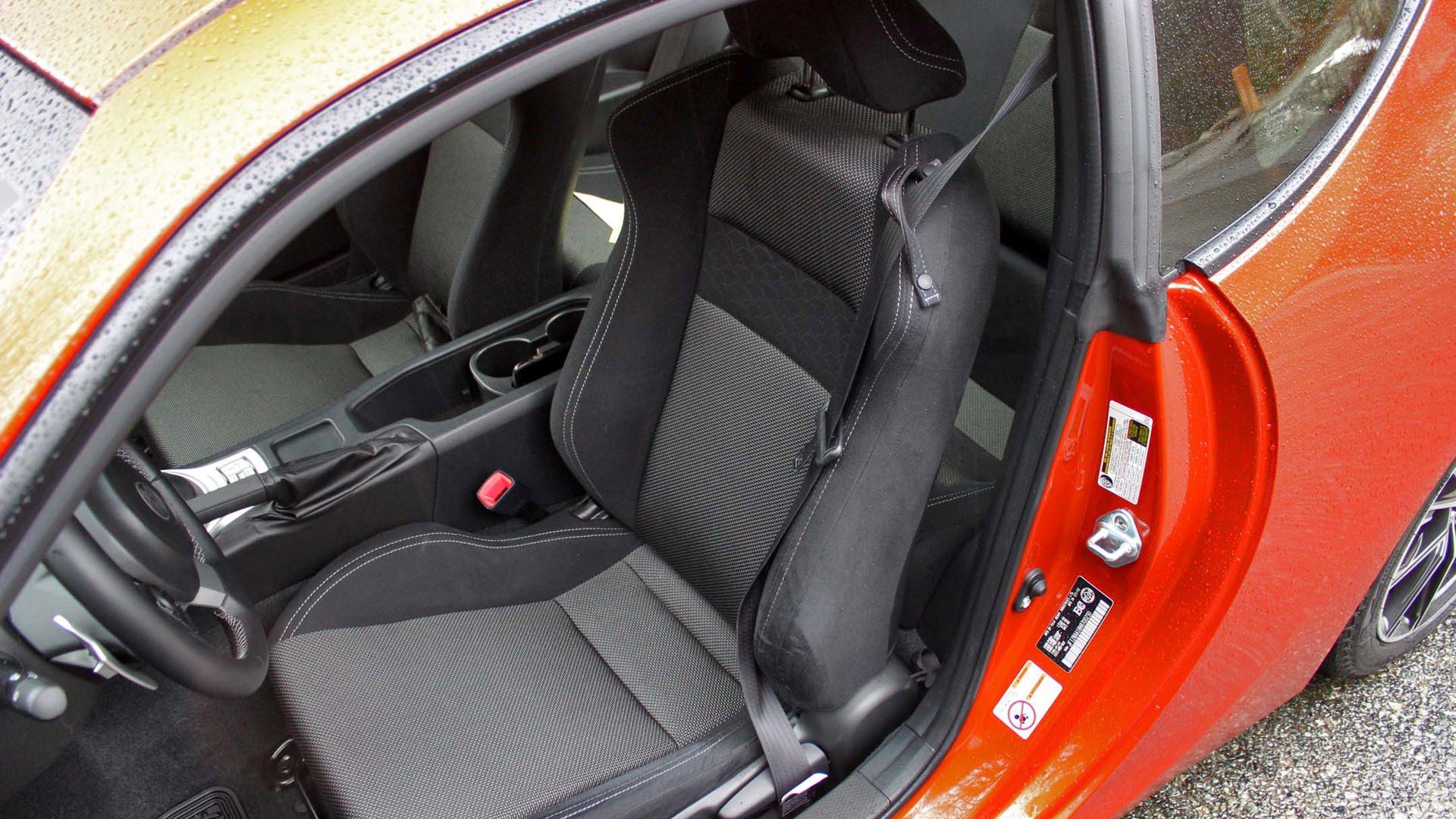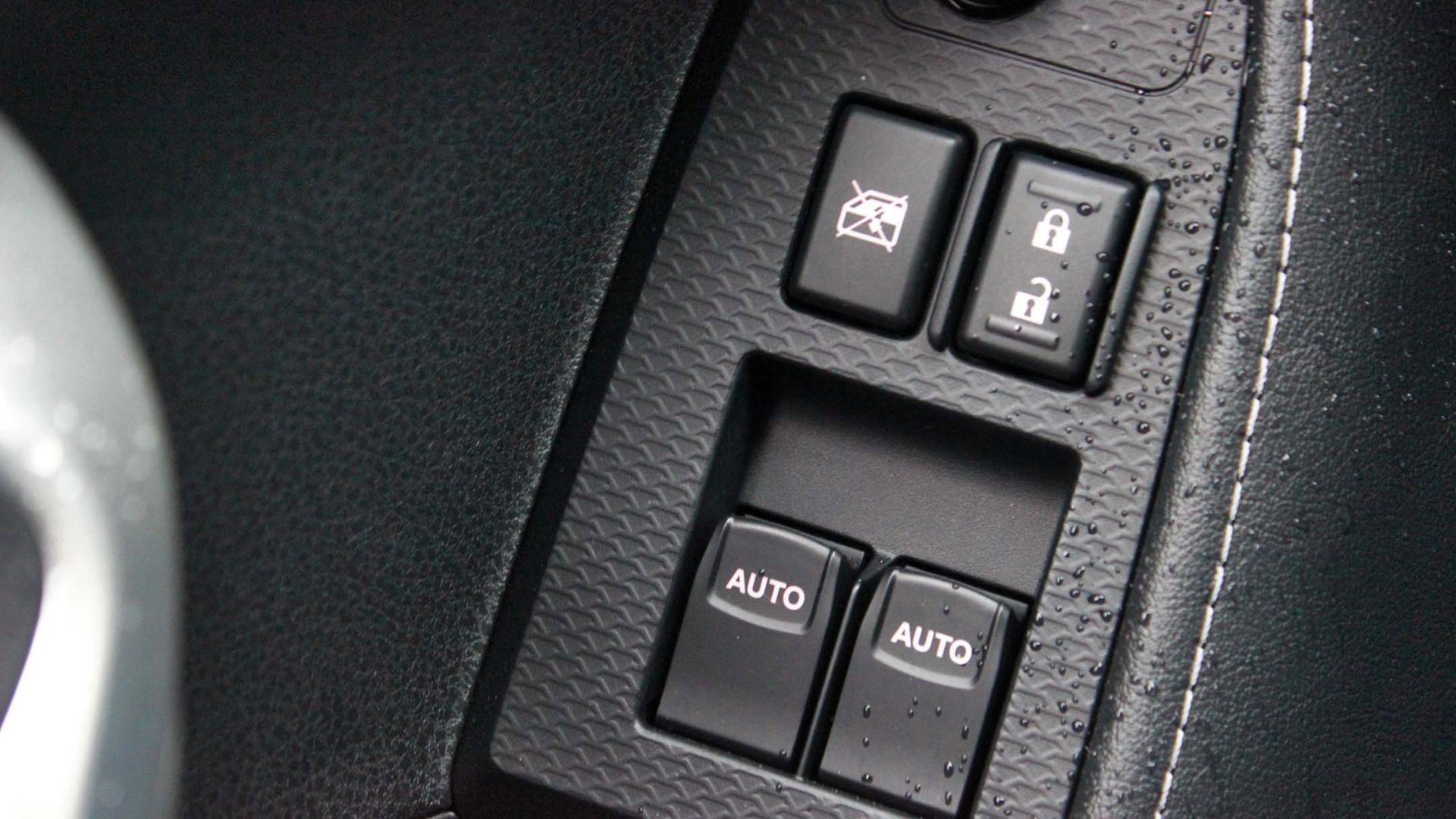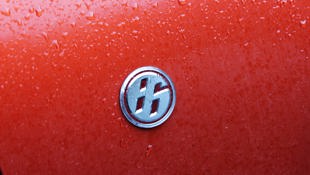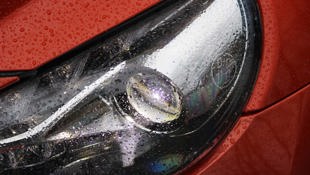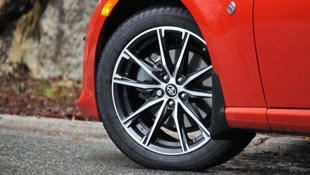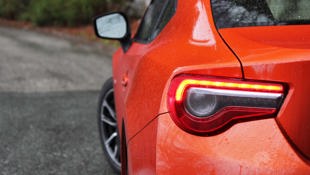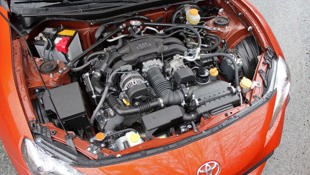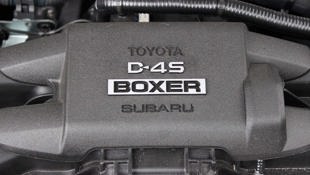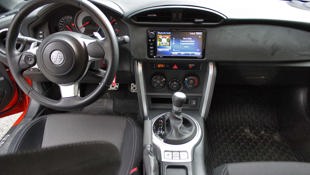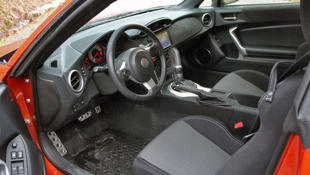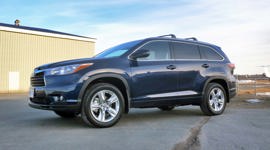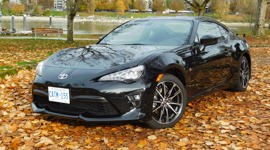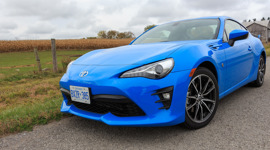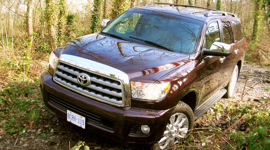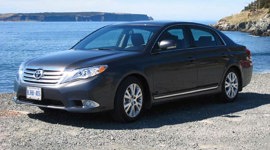 AutoTrader SCORE
AutoTrader SCORE
-
STYLING8/10
-
Safety7/10
-
PRACTICALITY6/10
-
USER-FRIENDLINESS7/10
-
FEATURES5/10
-
POWER7/10
-
COMFORT7/10
-
DRIVING FEEL9/10
-
FUEL ECONOMY8/10
-
VALUE8/10
The Scion name is dead, but we enthusiasts can thank our lucky stars (and, of course, the success of the FR-S sports car, and the fact that parent brand Toyota spent big bucks on developing the latest Scion models) that they’ve decided to keep certain aspects of the brand going, albeit bearing the Toyota nameplate.
The sportiest Toyota gets a name to better recall the cult-classic Corolla/Sprinter AE86 models that inspired Toyota to build an affordable rear-wheel-drive sports car five years ago.
Actually, that’s not entirely true, for the Hot Lava-painted sports car you see here has existed with a Toyota badge on its snout, just not here.
Well, it’s here now.
Called the 86 (GT-86 in other markets), the sportiest Toyota gets a name to better recall the cult-classic Corolla/Sprinter AE86 models that inspired Toyota to build an affordable rear-wheel-drive sports car five years ago. It even gets new fender badges to showcase the new nameplate – on our car, that’s the only label it gets, as there’s no traditional trunk badge – although you have to look pretty closely at them (see gallery below) to be able to tell what they’re saying.
No matter; I reckon you won’t spend too much time worrying about the badging, as the rest of the car is a perky little thing that you’d be hard-pressed to tell is a Toyota at all. Changes from the 2016 FR-S to 2017 Toyota 86 are subtle, and you’d have to be a real 86 fanboy – believe me, these exist, and they are proud of it – to spot the differences: larger front intake, redesigned LED head- and taillights and revised front and rear bumpers. The multi-spoke alloy wheels now have slightly thinner spokes, too. It’s good, but there’s little to deny that the changes contribute to what is little more than the mid-cycle model refresh we see all over the automotive landscape.
Which isn’t necessarily a bad thing, as the key features that made the original car so attractive remain: low, wide stance; cab-rearward design and a long hood. You can tell from looking at it that this car is a purpose-driven sporting machine.
Inside, the new additions are even more subtle: new seating material (black cloth is your only choice) and some more soft-touch materials are present, but the main add-on is a new steering wheel with better grips and more buttons for infotainment and so forth. Normally, I would bemoan this, as I prefer a lower-profile wheel in a car like this, but the controls are smoothly integrated here. They don’t detract from the driver-focused interior, which I like.
Few cabins are as coddling as this; the Mazda MX-5, obviously, and maybe more luxurious rides such as a BWM Z4 and Porsche 718 Boxster. Even those cabins are busier than this, though. More feature-rich, too; heated seats aren’t even an option on the 86, for example. Neither is digital or dual-zone climate control.
Which I think brings me to one of my favorite aspects of the 86, which is the make-no-apologies simplicity and driver-focus-above-all interior. Yes; there’s a standard 6.1-inch infotainment screen – looks the same here as in the rest of Toyota’s line-up – but I hardly used it. It was nice to have Bluetooth audio from time to time but the speakers aren’t great (an eight-speaker system is standard) and in a car like this, I’d much prefer sharpening my inputs than fiddling with my sound system.
Unlike Honda, at least, you get a volume knob so you can quickly adjust the volume before entering into a braking zone.
Otherwise, the seating position is low but perfect (for front seat passengers; rear seaters, forget it), all the controls falling easily within reach and with a good view out over that long hood. Which itself is nice and low thanks to the short flat-four engine. The slightly flared fenders, meanwhile, allow you to view and clip your apexes with ease, even though you’re sitting quite low (the 86 sits only 1,286 mm high, which is only a smidgeon taller than a Mazda MX-5).
It’s good that it’s so easy to manoeuvre; the 86 – like the FR-S before it – has as direct a steering rack as you’ll find in this business. The slightest twitch of the wheel provokes immediate response, but the weight used is such that it doesn’t make cruising on the highway a mess of constant steering correction. Yes, it’s an electronic set-up but darned if it isn’t a very good one.
The end result is a car that feels like it exists with little compromise, there to satisfy your most basic performance driving instincts above all else.
Unless, of course, your performance driving instincts revolve mainly around straight-line speed and raw power. That’s valid; there are many cars that exist mainly for this purpose. The 86 still isn’t one of them.
Power remains unchanged from the FR-S, meaning a flat-four “boxer” engine developed by Subaru (and found in the BRZ, which is still being produced), good for 200 hp and 151 lb-ft of torque, or 205 hp and 156 lb-ft if you spec the manual option. I love that, as if Toyota is saying that this is a car all about purity and the purest driver’s cars for the purest drivers should have manual transmissions, and you get more power for your efforts. Unfortunately, we didn’t have the manual even though our shifter looks like it should be connected to a manual gearbox. The only real change to the engine internals boils down to a redesigned piston head surface to help reduce friction and improve efficiency. Our observed figures of 8.9 L/100 km of fuel usage in the combined cycle suggest that they’ve accomplished that; the auto is also the more fuel-efficient option, according to Toyota’s figures.
Having said all that: there’s more power than what’s made by the MX-5, and even with the automatic, the 86 feels brisker than the recently released MX-5 RF. The automatic transmission, meanwhile, does receive standard paddle shifters and I actually found these to be responsive enough to warrant inclusion in a performance-lite car like this; I was surprised with how quickly each gear was banged home.
It could use some beefier paddles, but when you’re sitting a car with a base MSRP of about 30 grand (with the auto), you’re going to have to make some concessions.
As if the FR-S wasn’t a good enough handler in its own right, Toyota went back to the drawing board, further tuning both the shocks and spring rates for even more response from the chassis. They’ve also added a “Track” mode, which relaxes the intervention of the stability control system for a little more slip if you’re feeling so inclined.
Still though, getting the tail to step out even slightly was no easy task. The car is low, the track is wide and the power levels are such that it’s going to be tough to overpower those rear tires on dry (or even moderately damp) roads, especially with the automatic transmission. We were on winter rubber; would the standard Michelin Primacy all-season tires and a manual ’box make a difference? Perhaps, but while the car is ideal as a platform for professional drifters, don’t expect much of that DNA to make its way down to street level.
That’s a bit of a nitpick, really. While I like carrying off a perfectly timed and angled drift as much as the next guy, I don’t see it as the determining factor when it comes to buying a sports car of any stripe.
I’ll happily trade a couple of drifts for a well-balanced and fun-to-flick chassis, eye-catching looks and pokey engine. As described previously, the 86 falls just short in just one of those categories, really, and I think I’d get over the power deficit in the end.
The real question comes as whether now, after its first evolution, the FR-S/86 will be able to pry buyers away from the MX-5, long the industry standard in this class. Further, now that the MX-5 has a hard-top variant, the comparison is an even closer one.
| Engine Displacement | 2.0L |
|---|---|
| Engine Cylinders | 4 |
| Peak Horsepower | 200 hp |
| Peak Torque | 151 lb-ft |
| Fuel Economy | 9.9/7.3/8.7 L/100 km cty/hwy/cmb |
| Cargo Space | 195 L |
| Model Tested | 2017 Toyota 86 |
| Base Price | $30,780 |
| A/C Tax | $100 |
| Destination Fee | $1,690 |
| Price as Tested | $32,570 |
|
Optional Equipment
None
|
|
